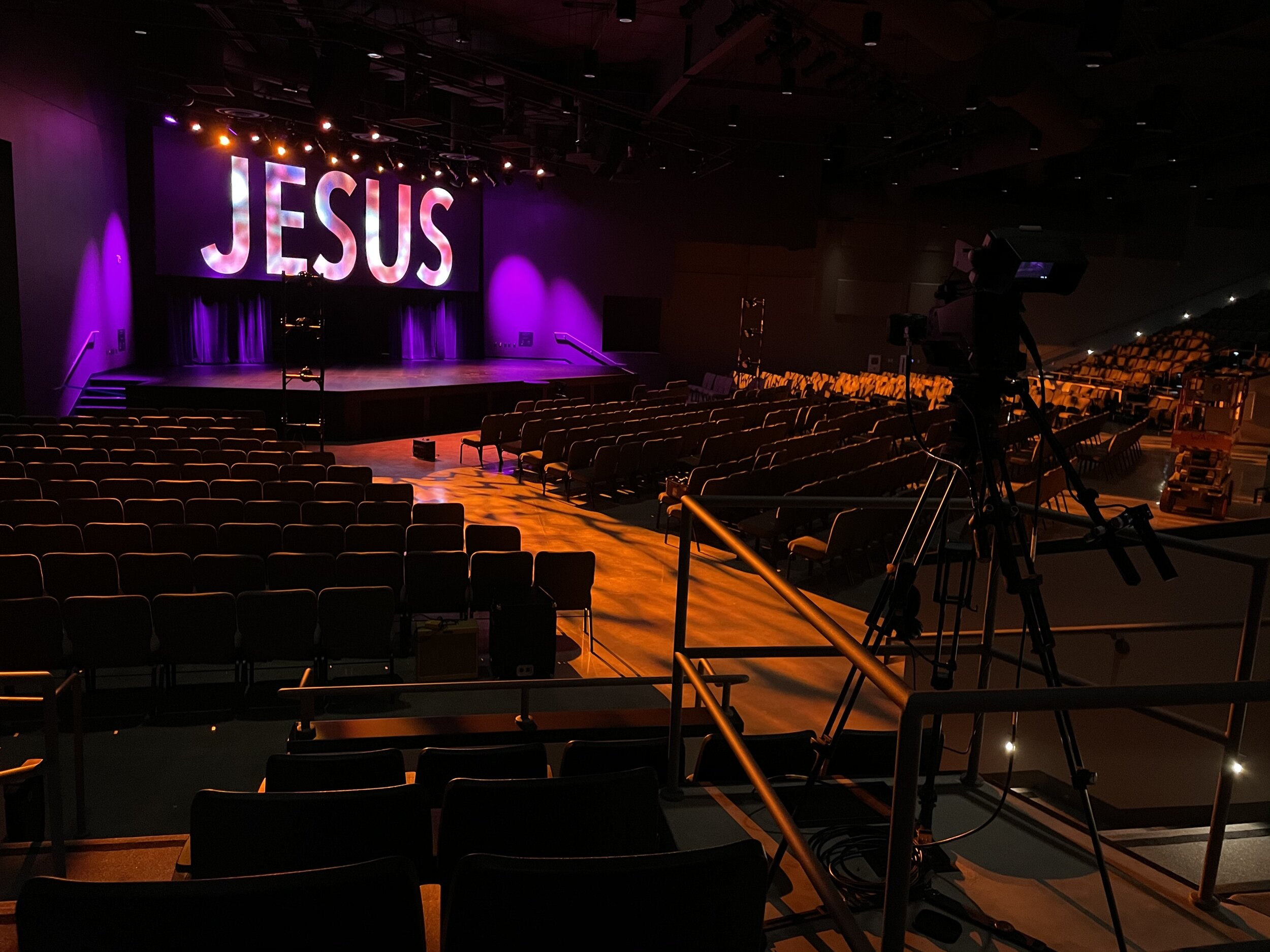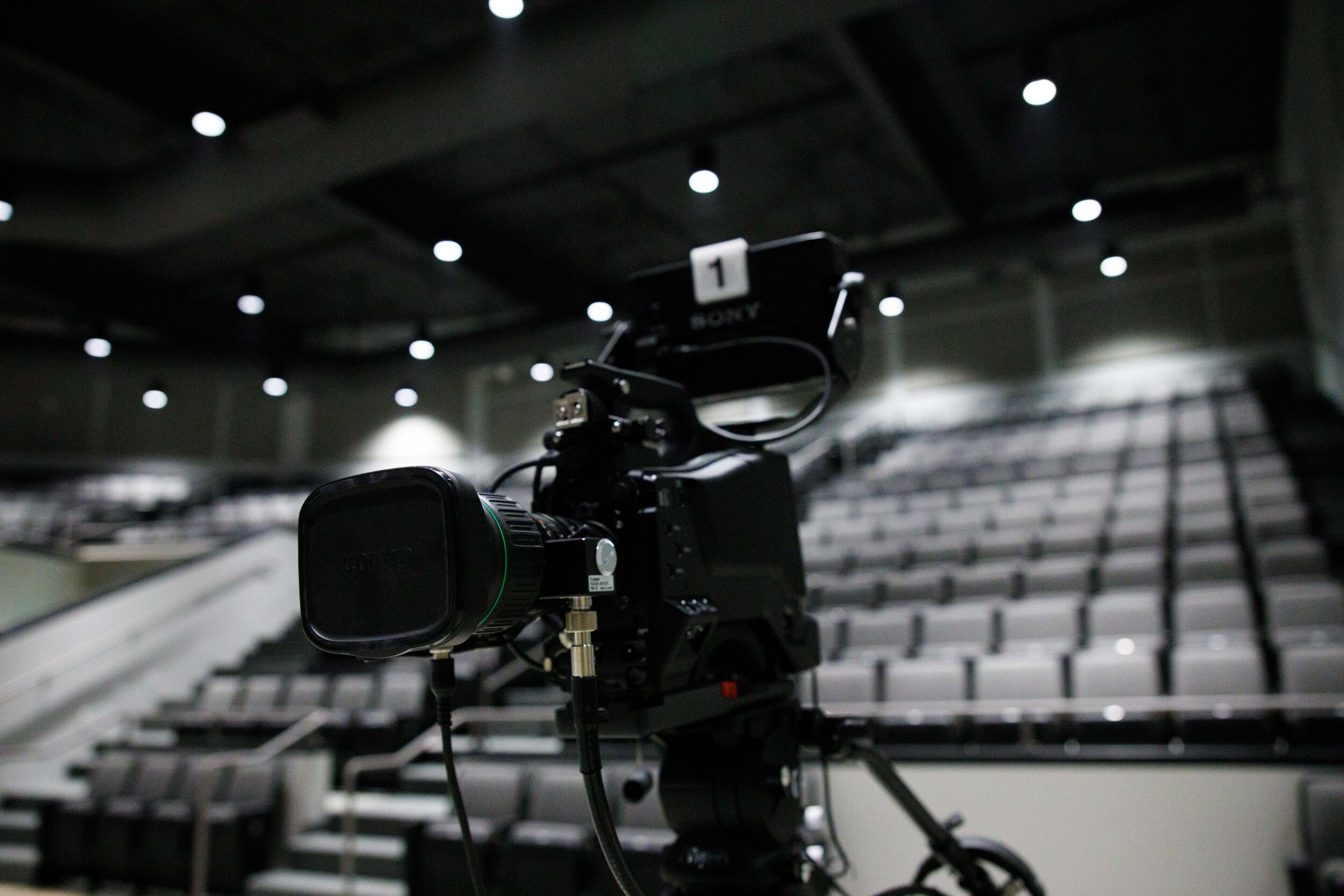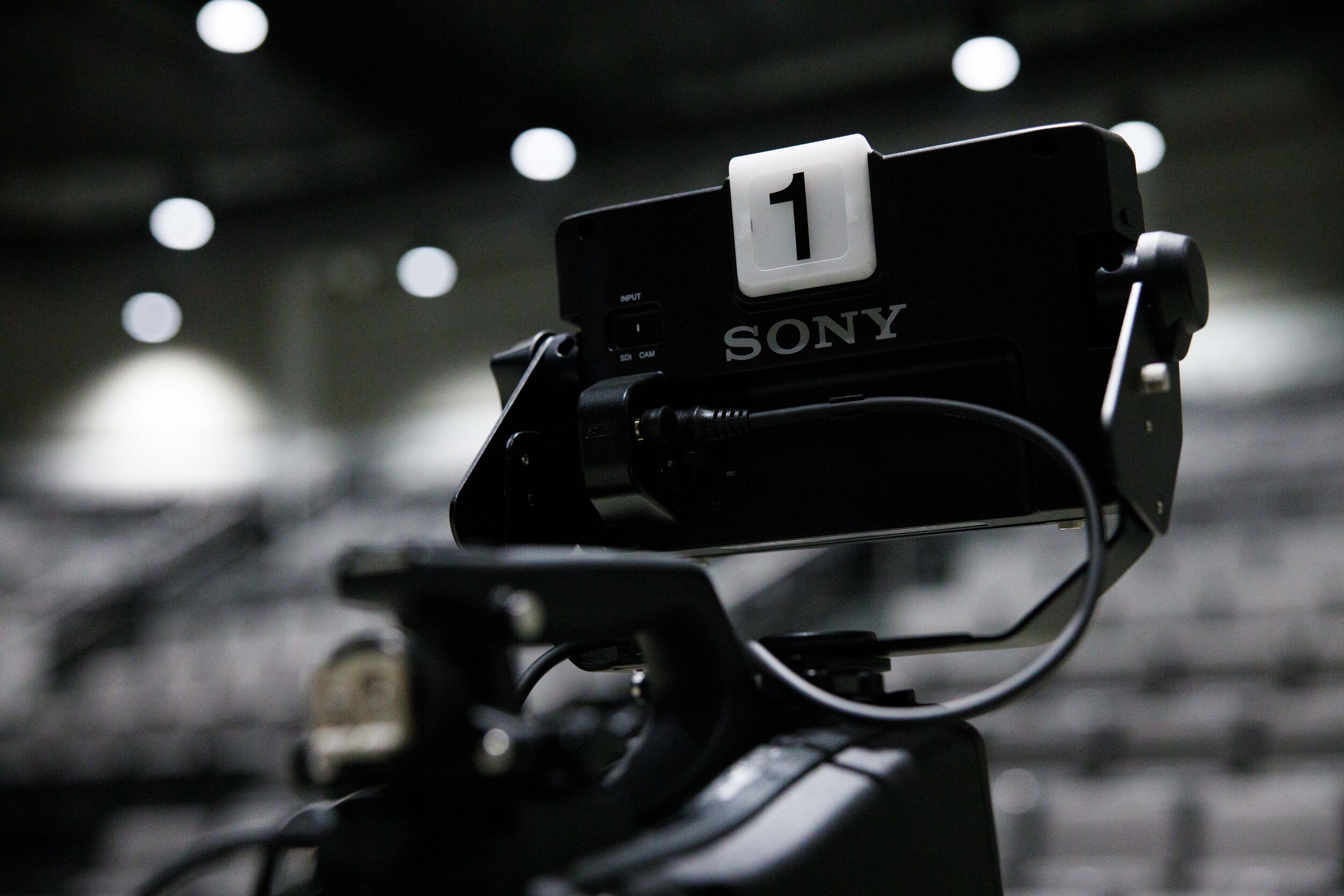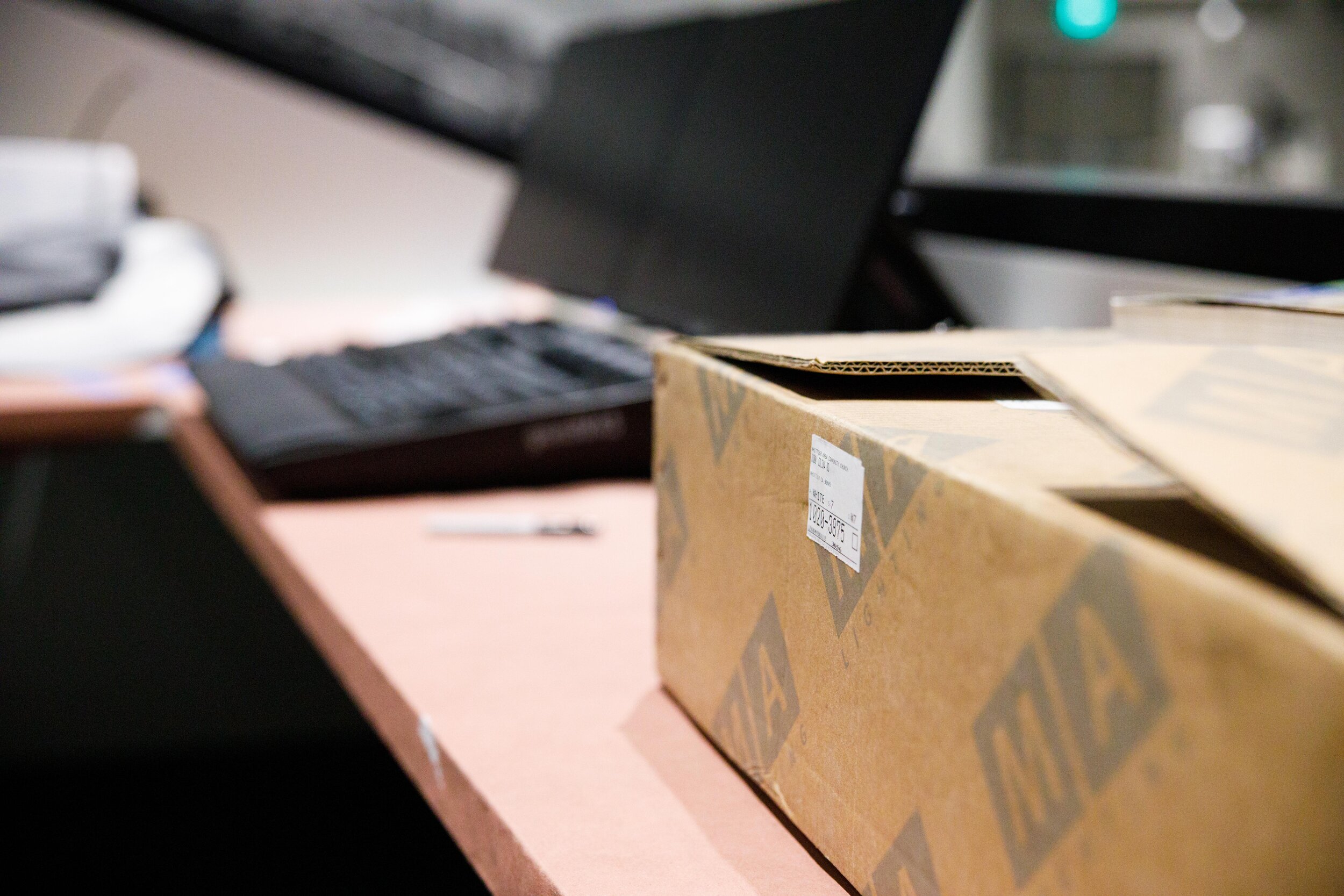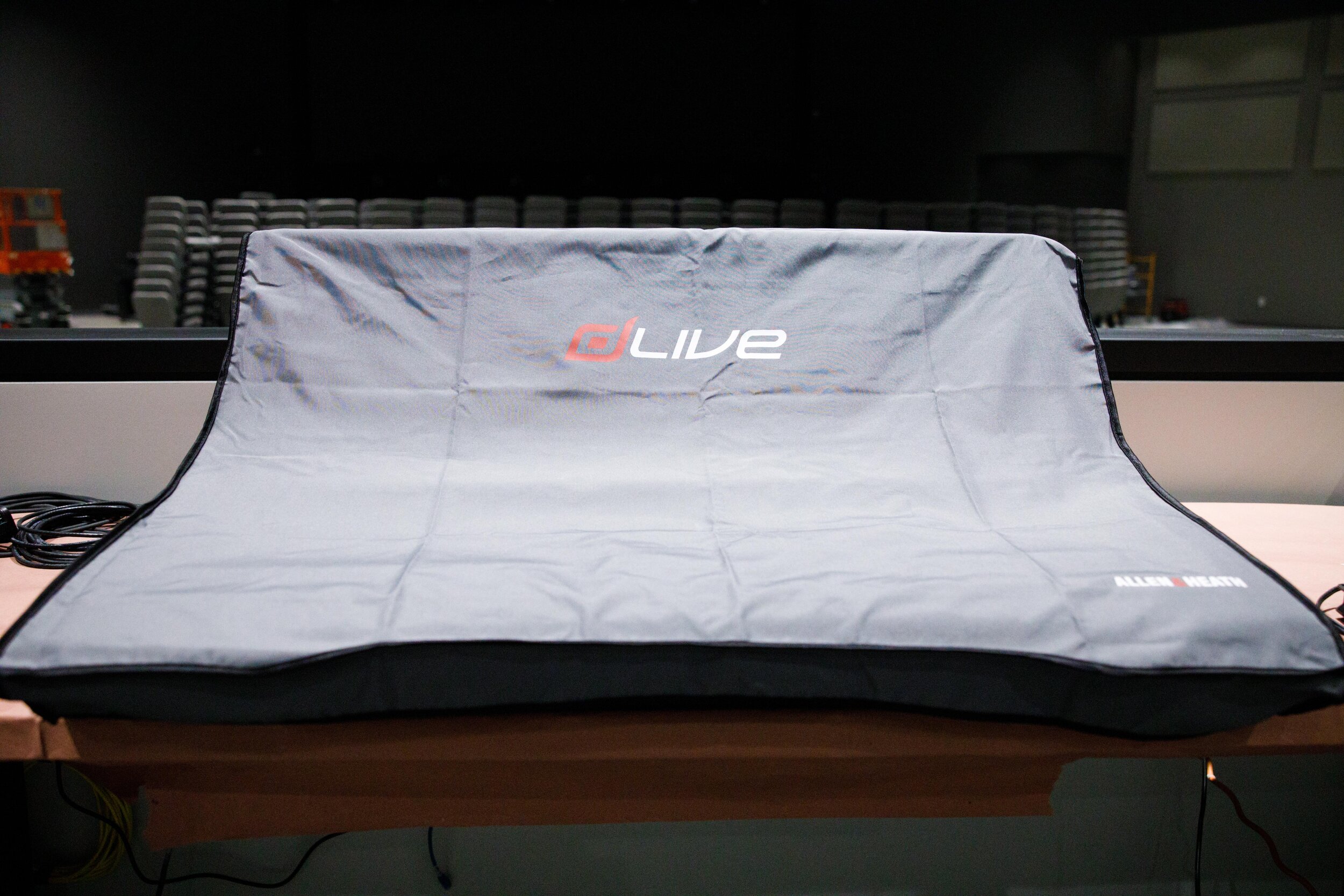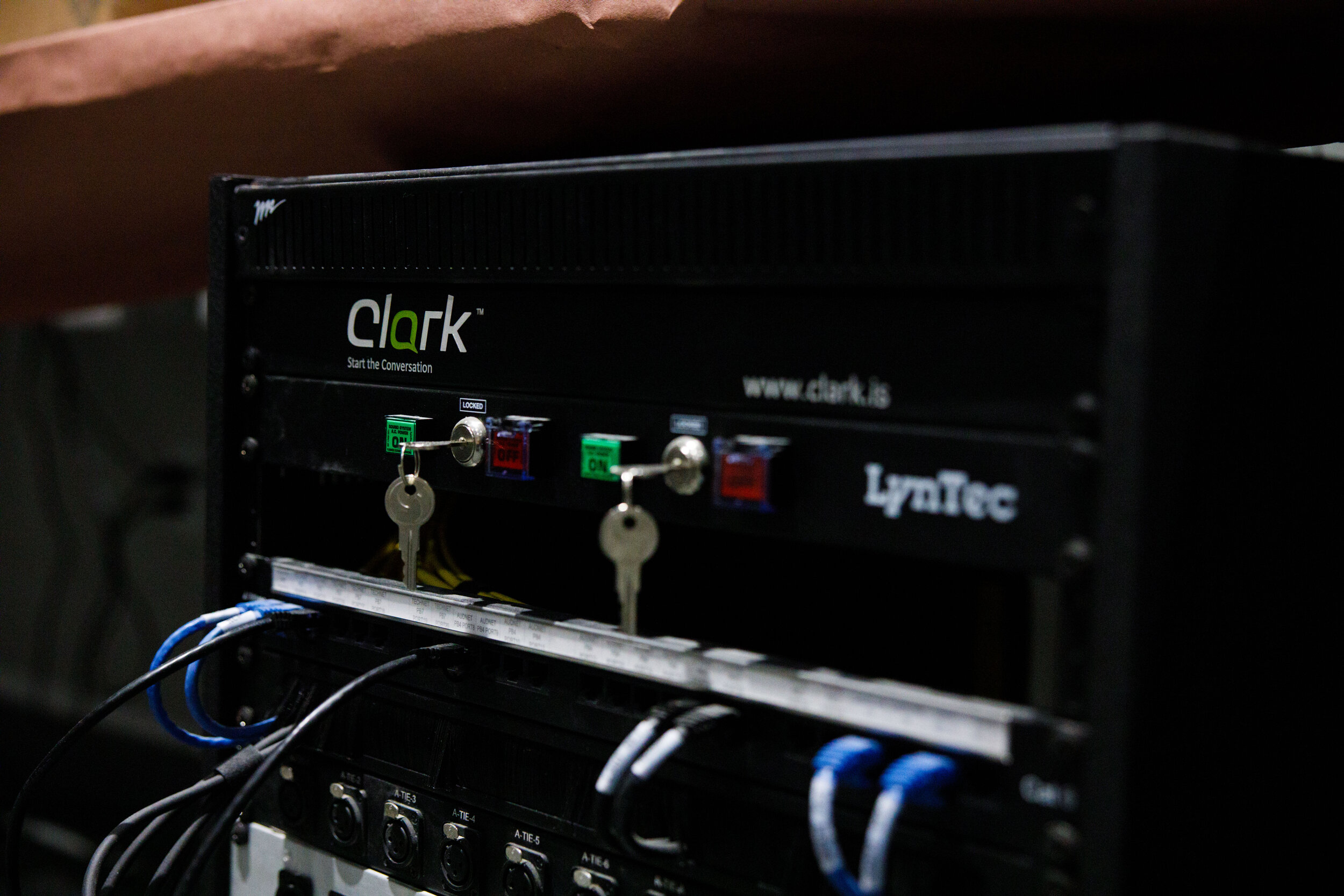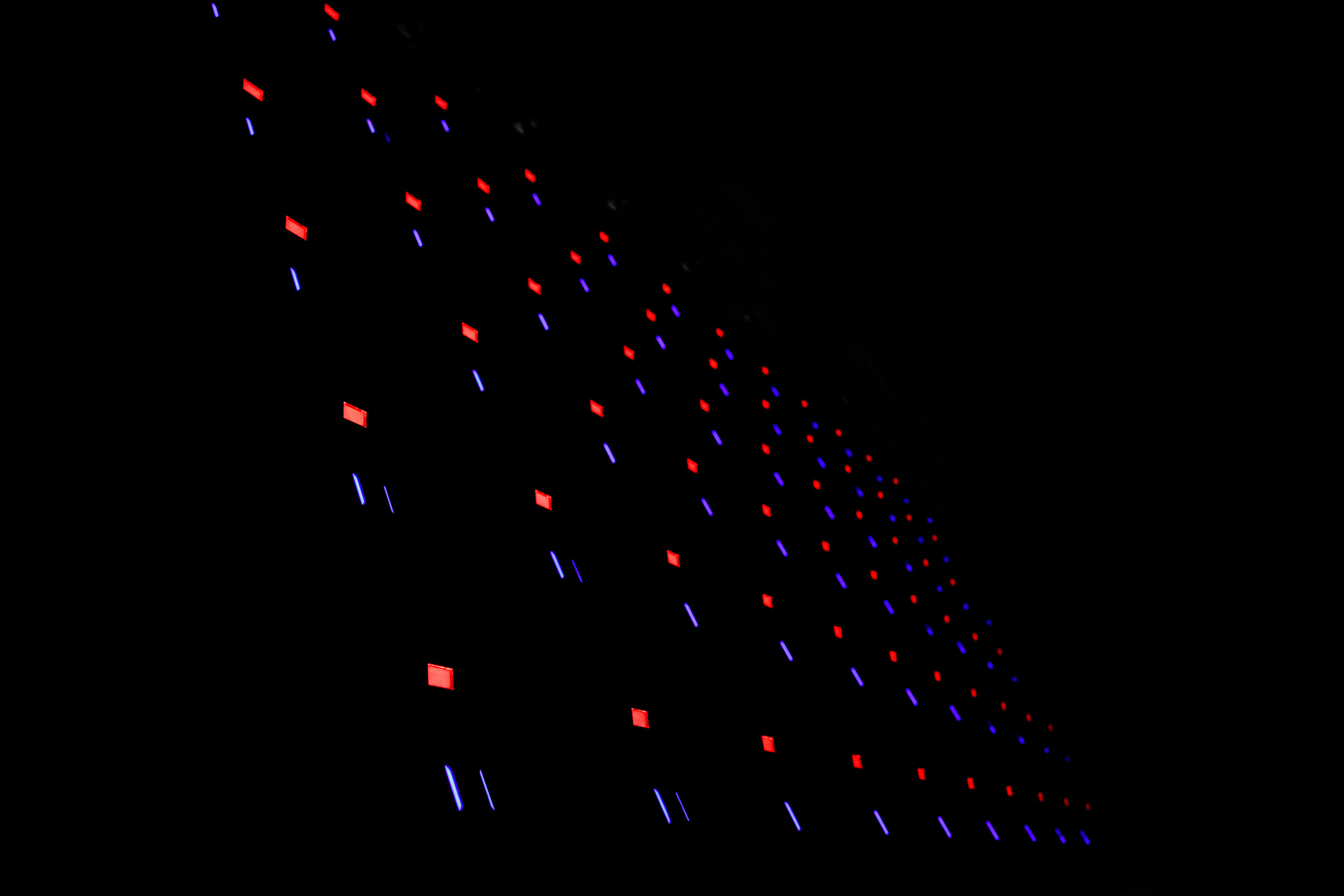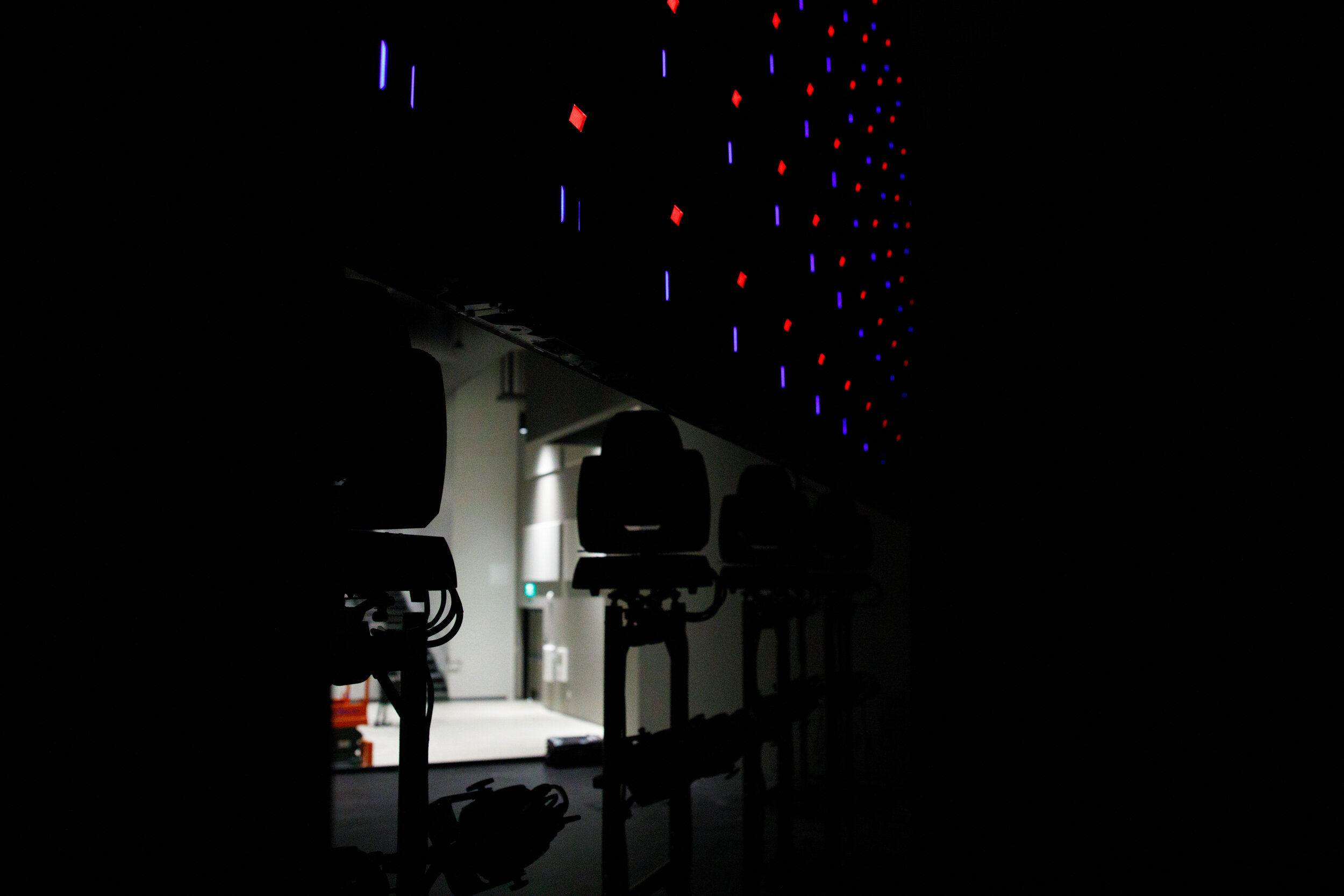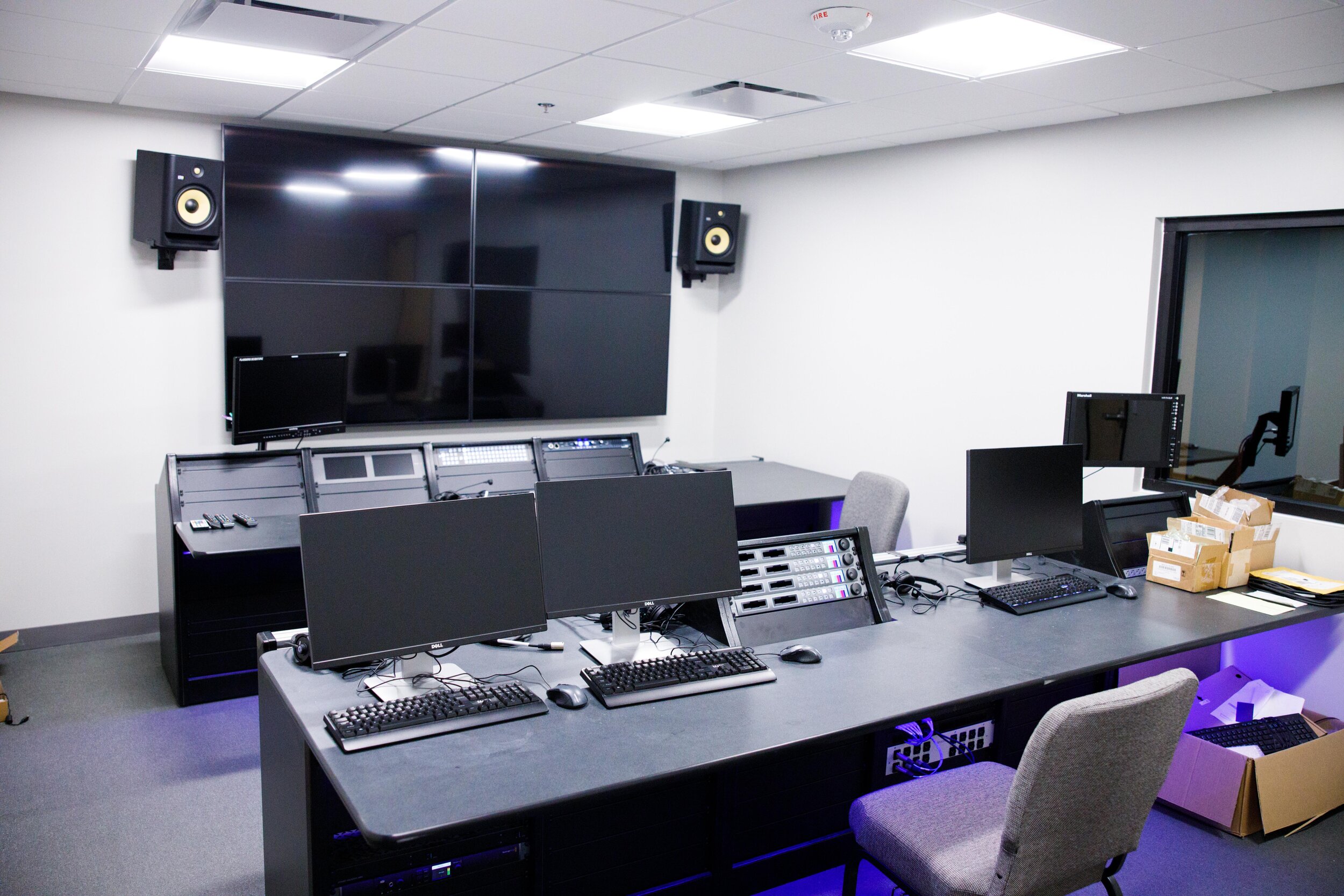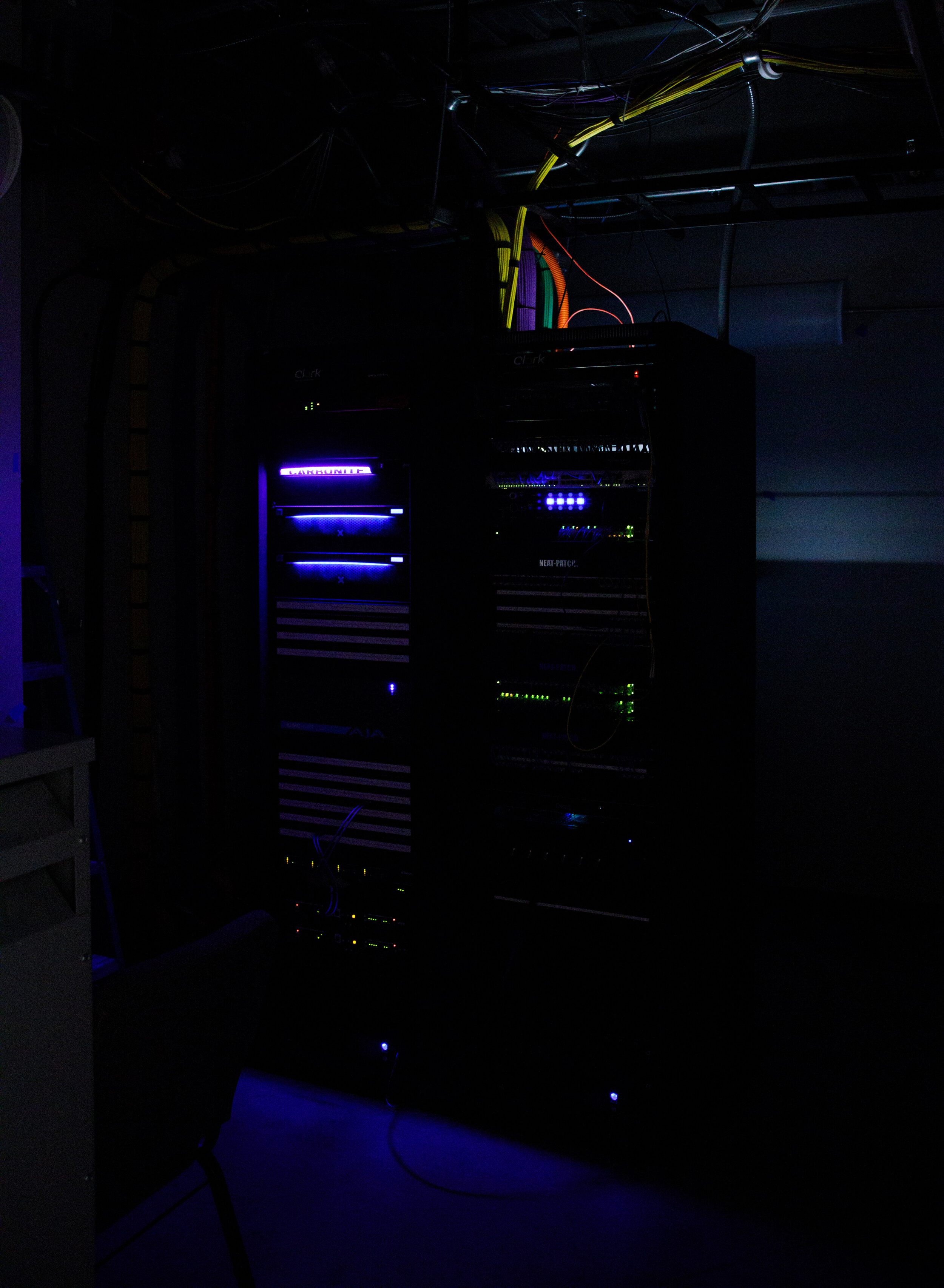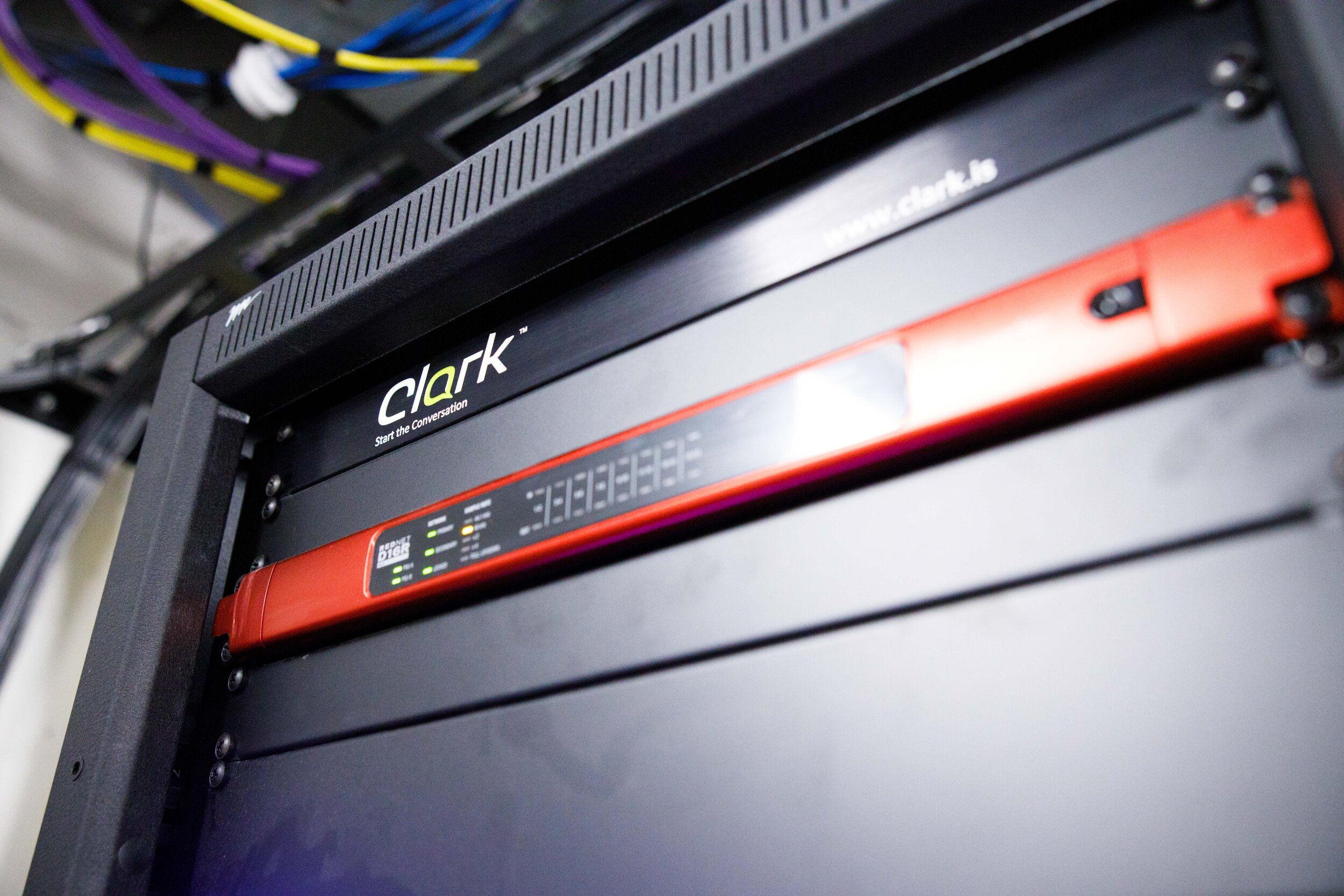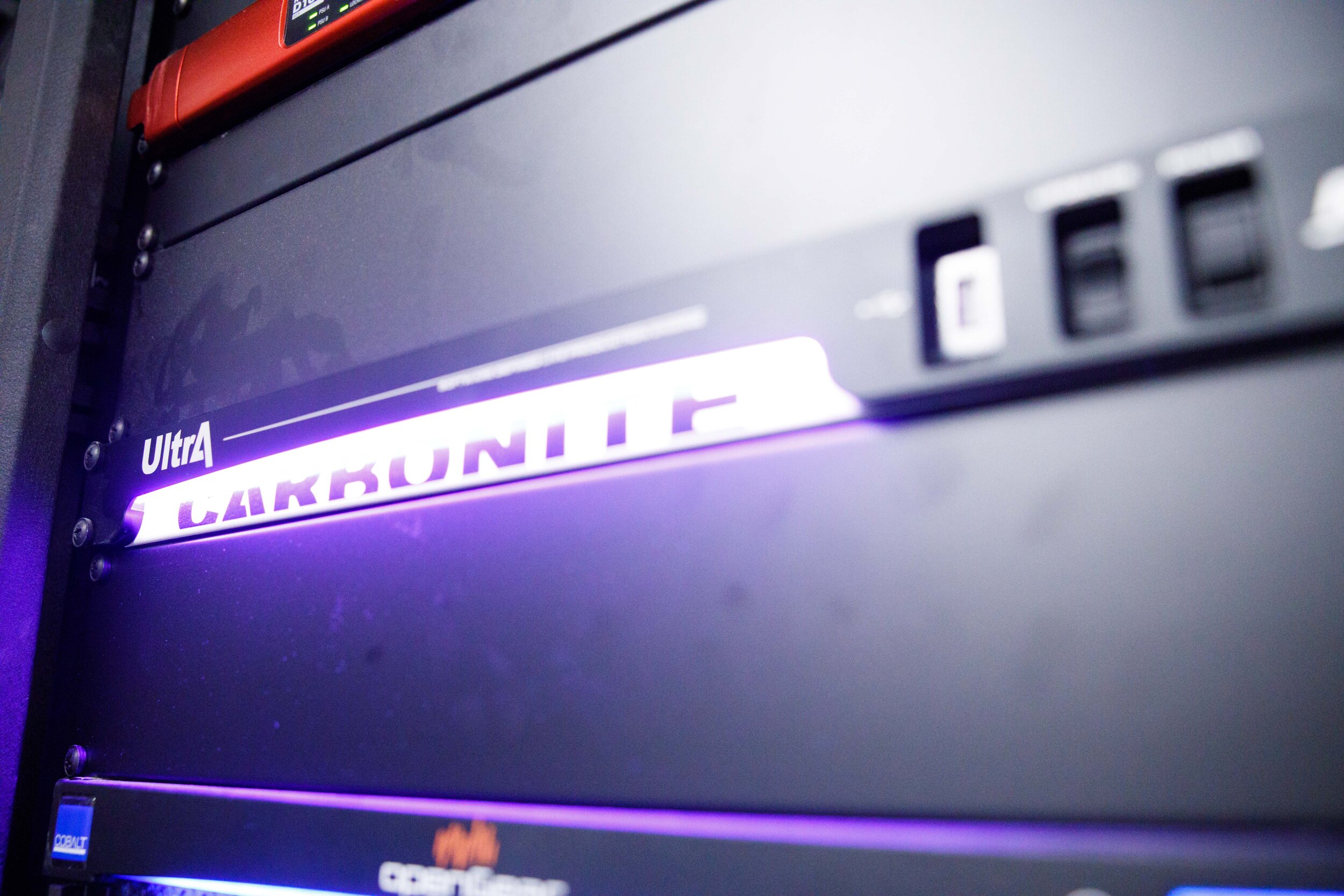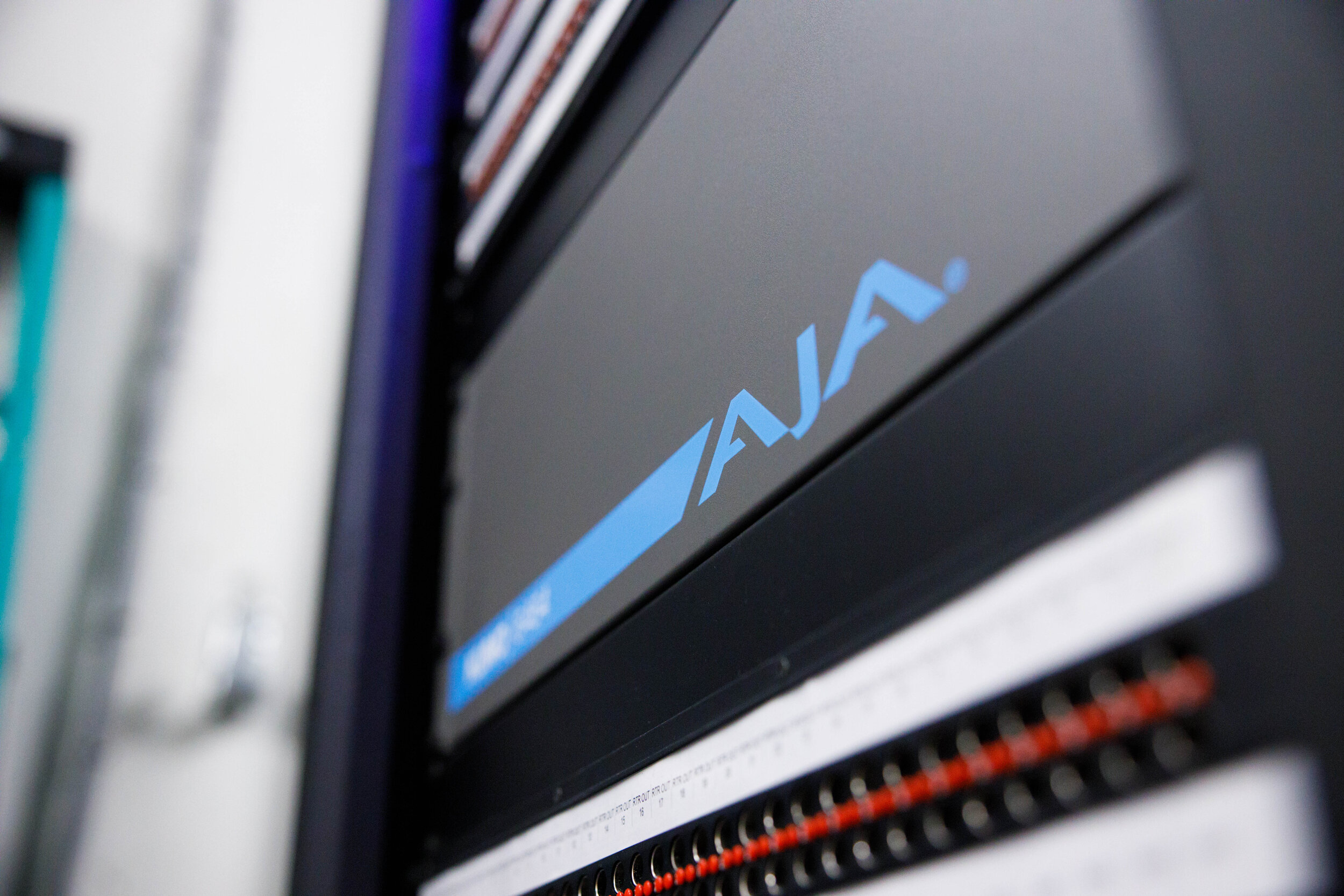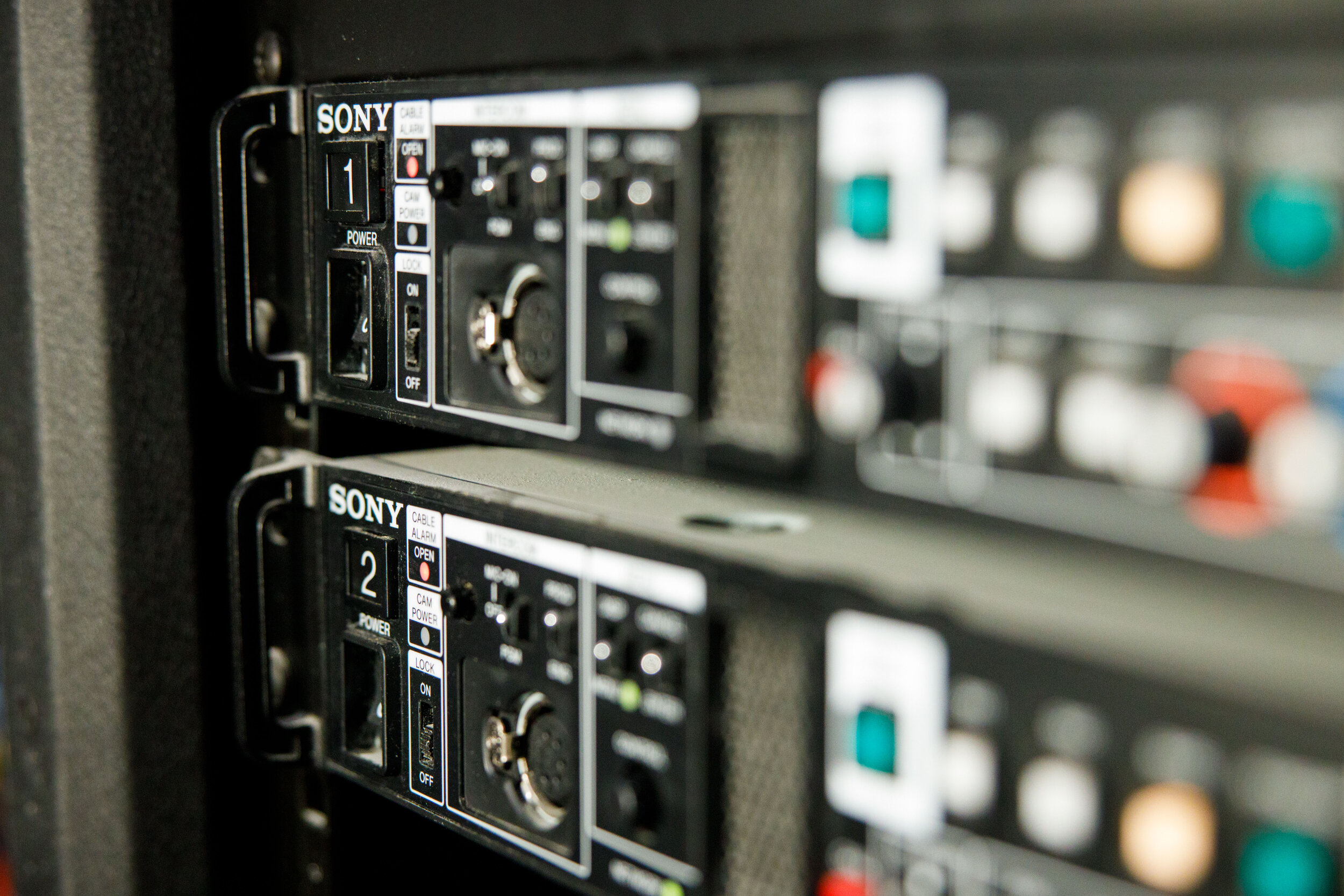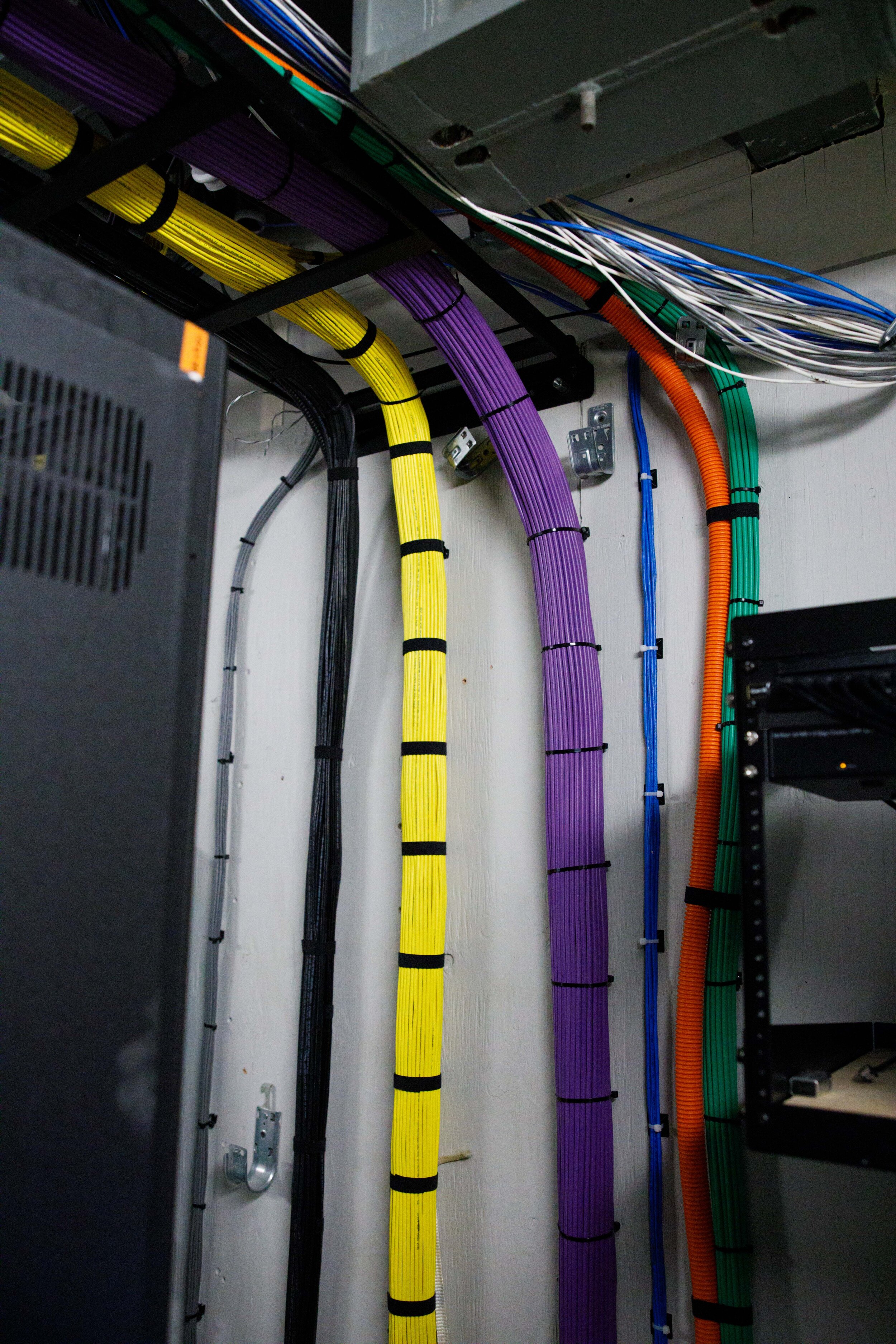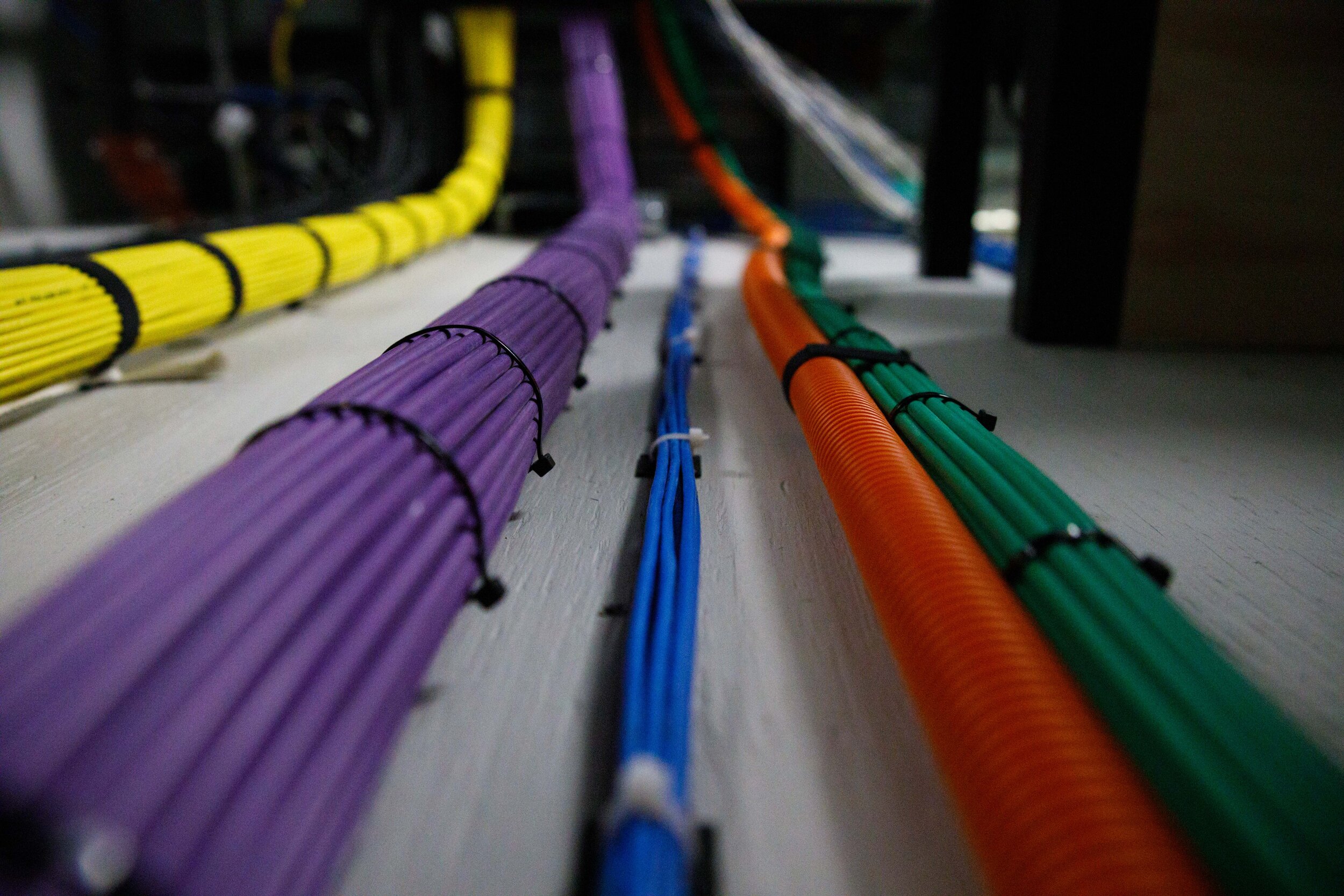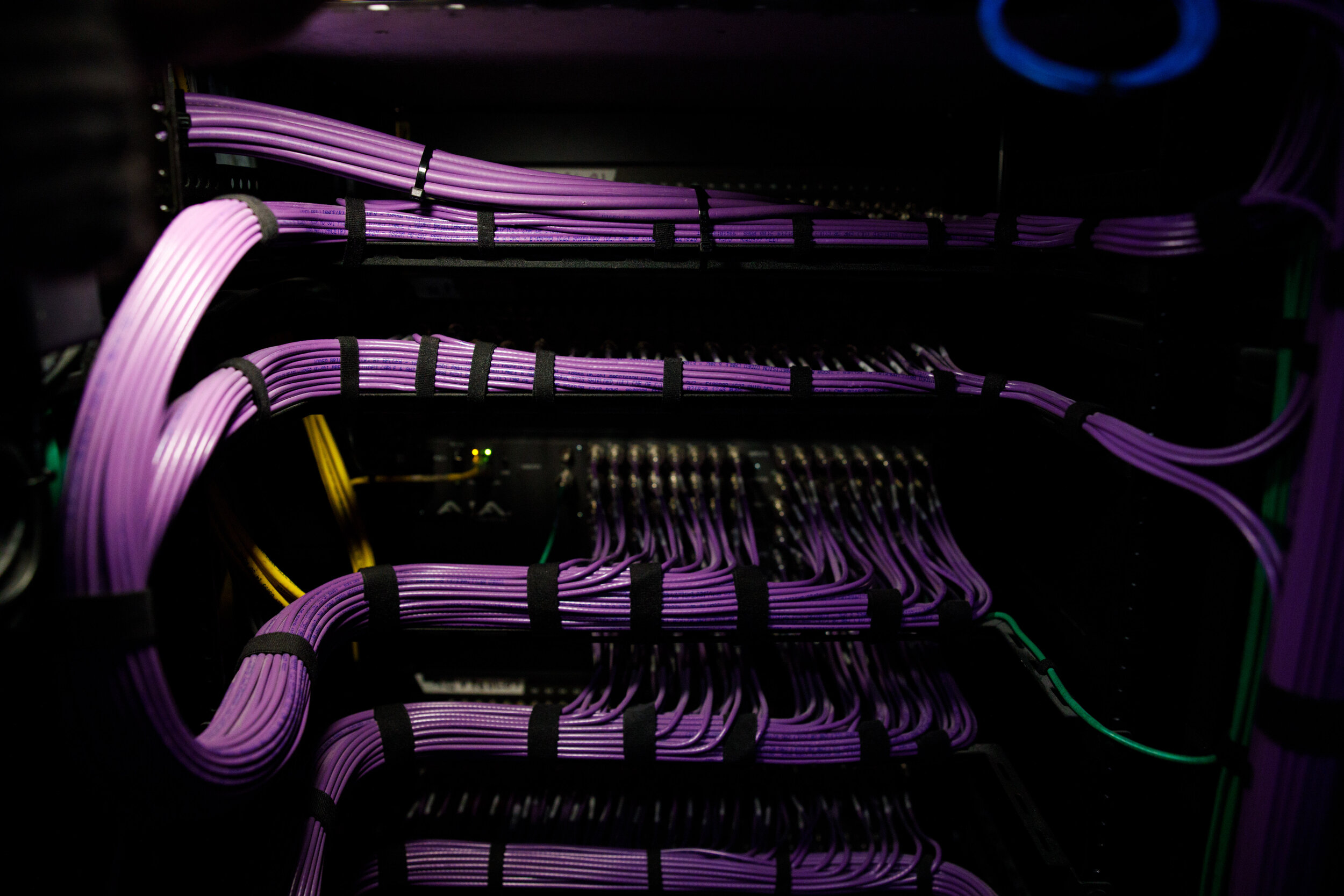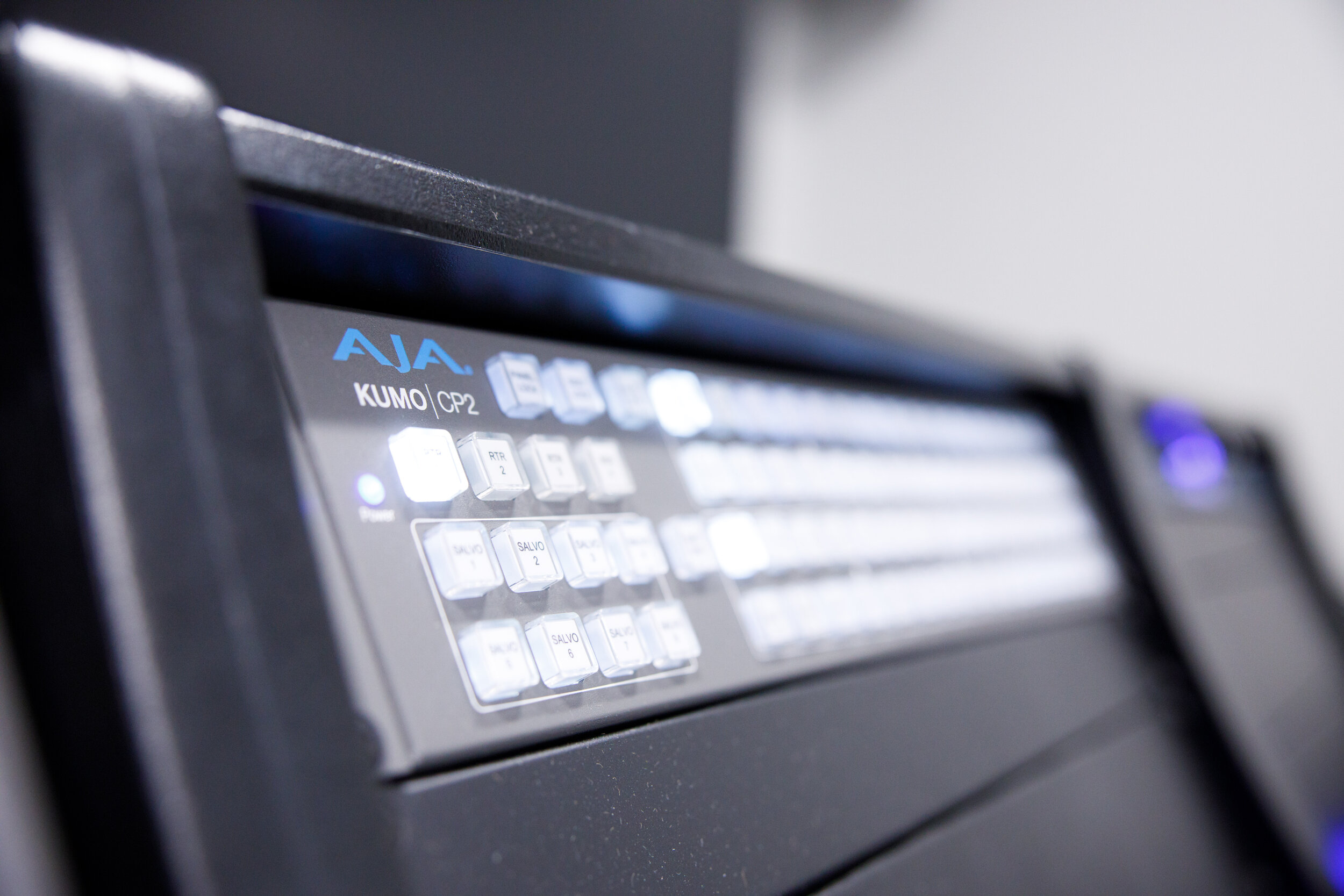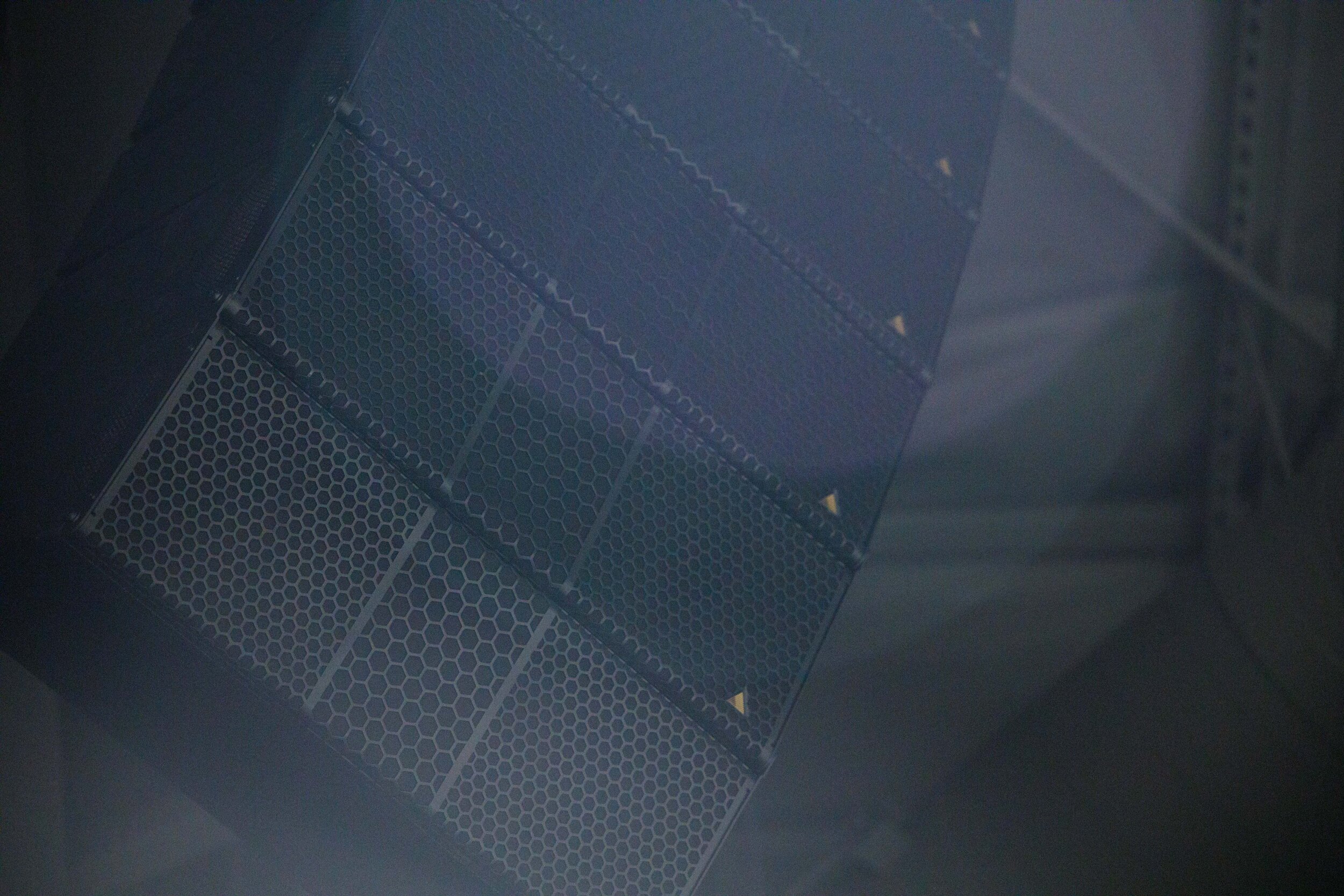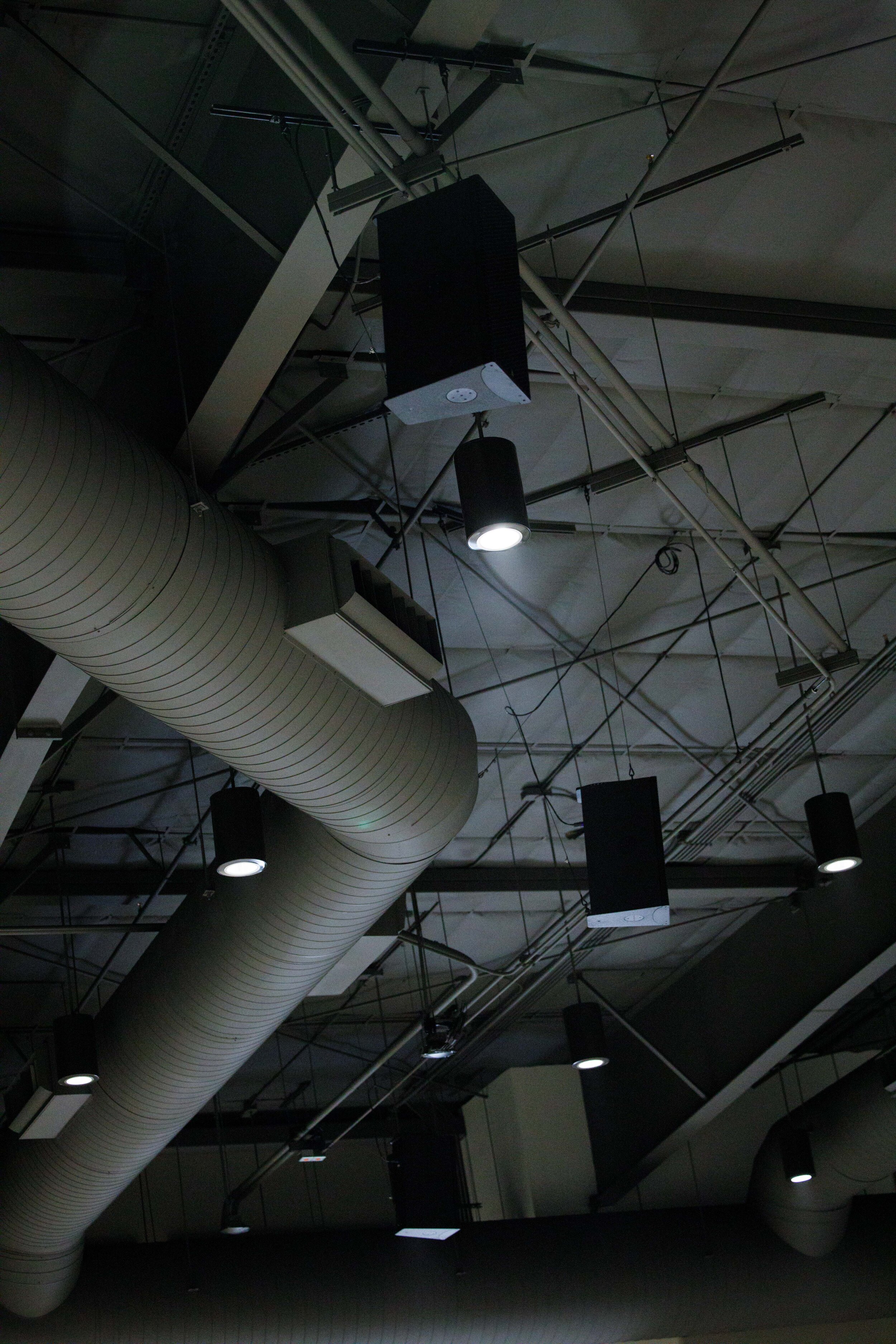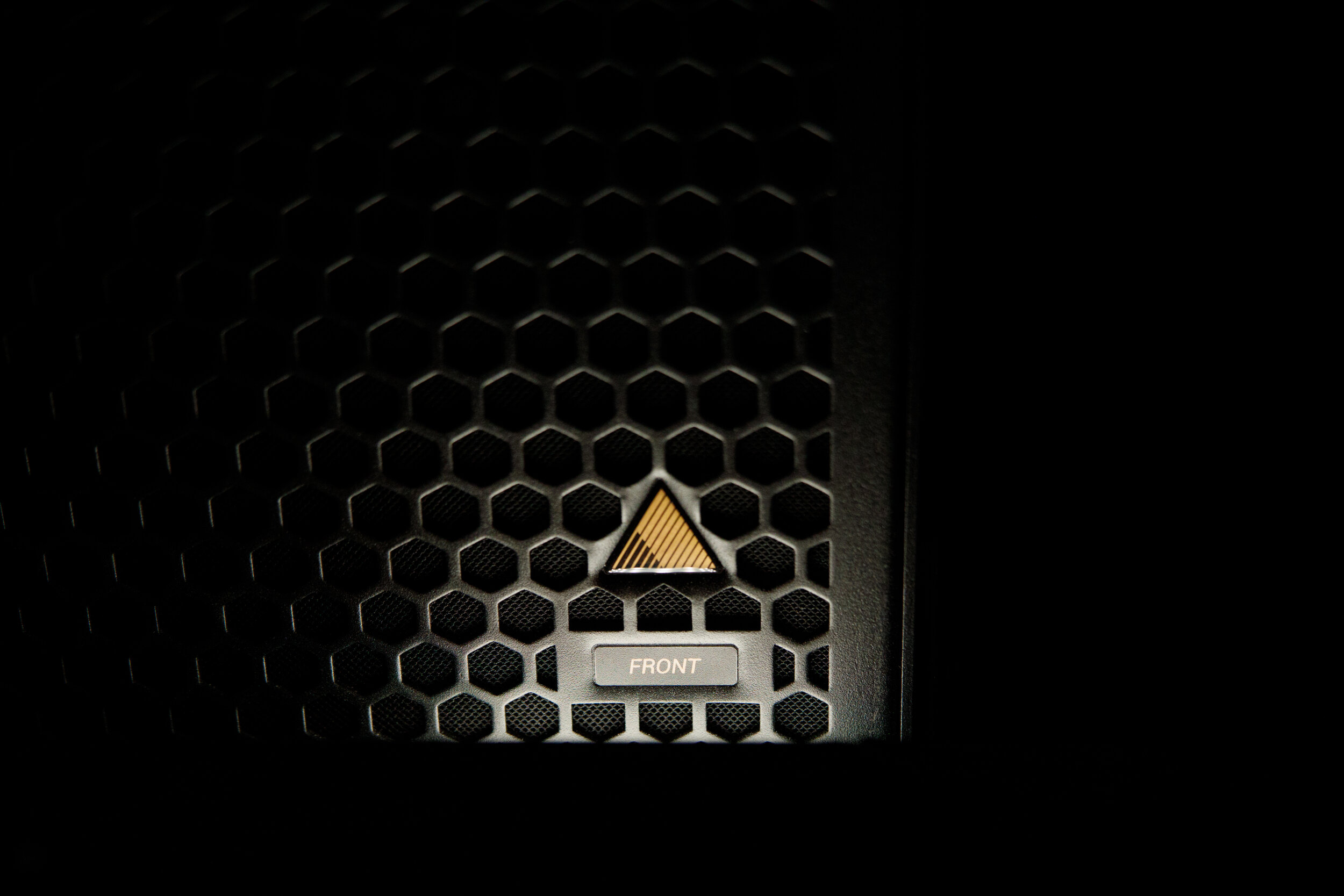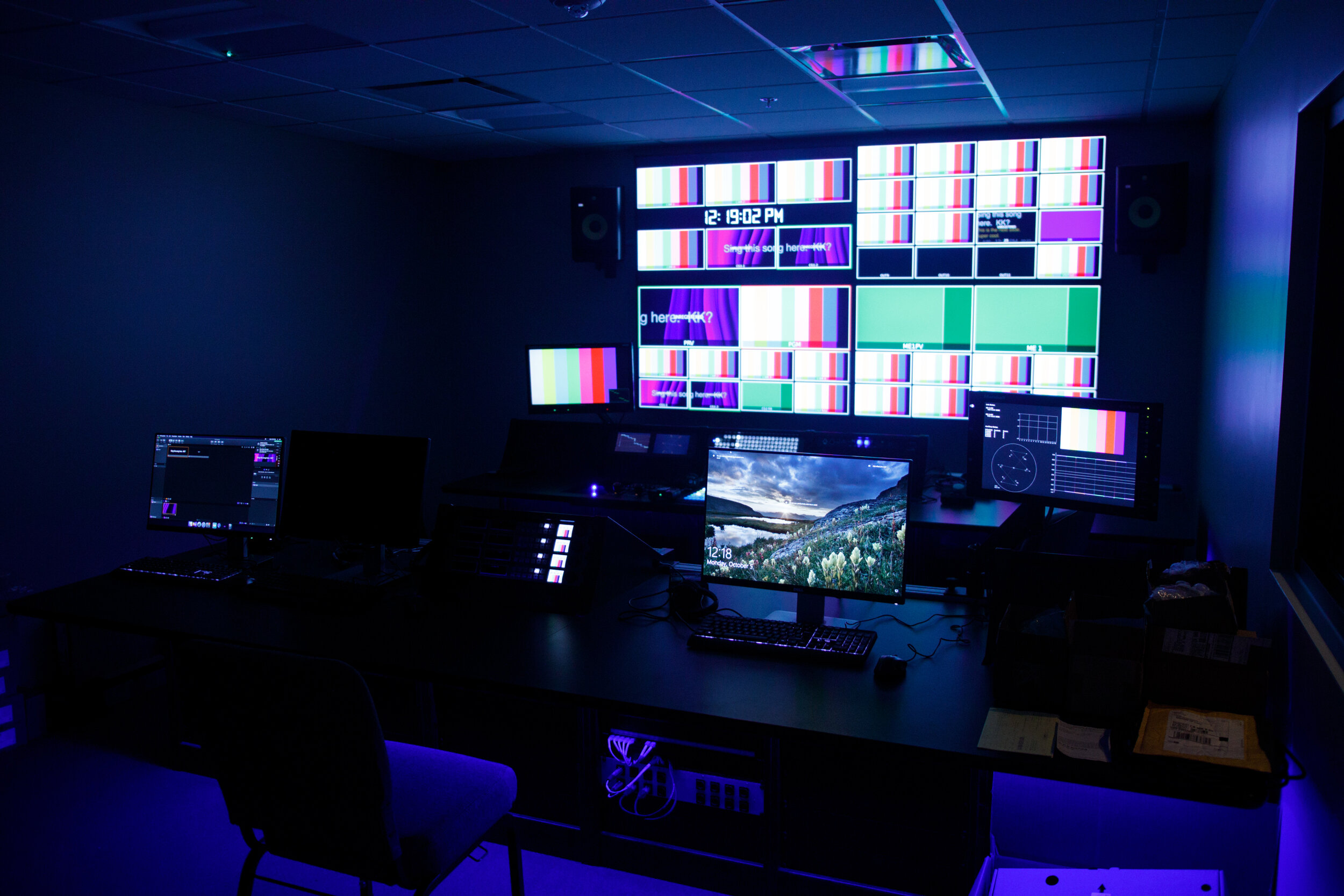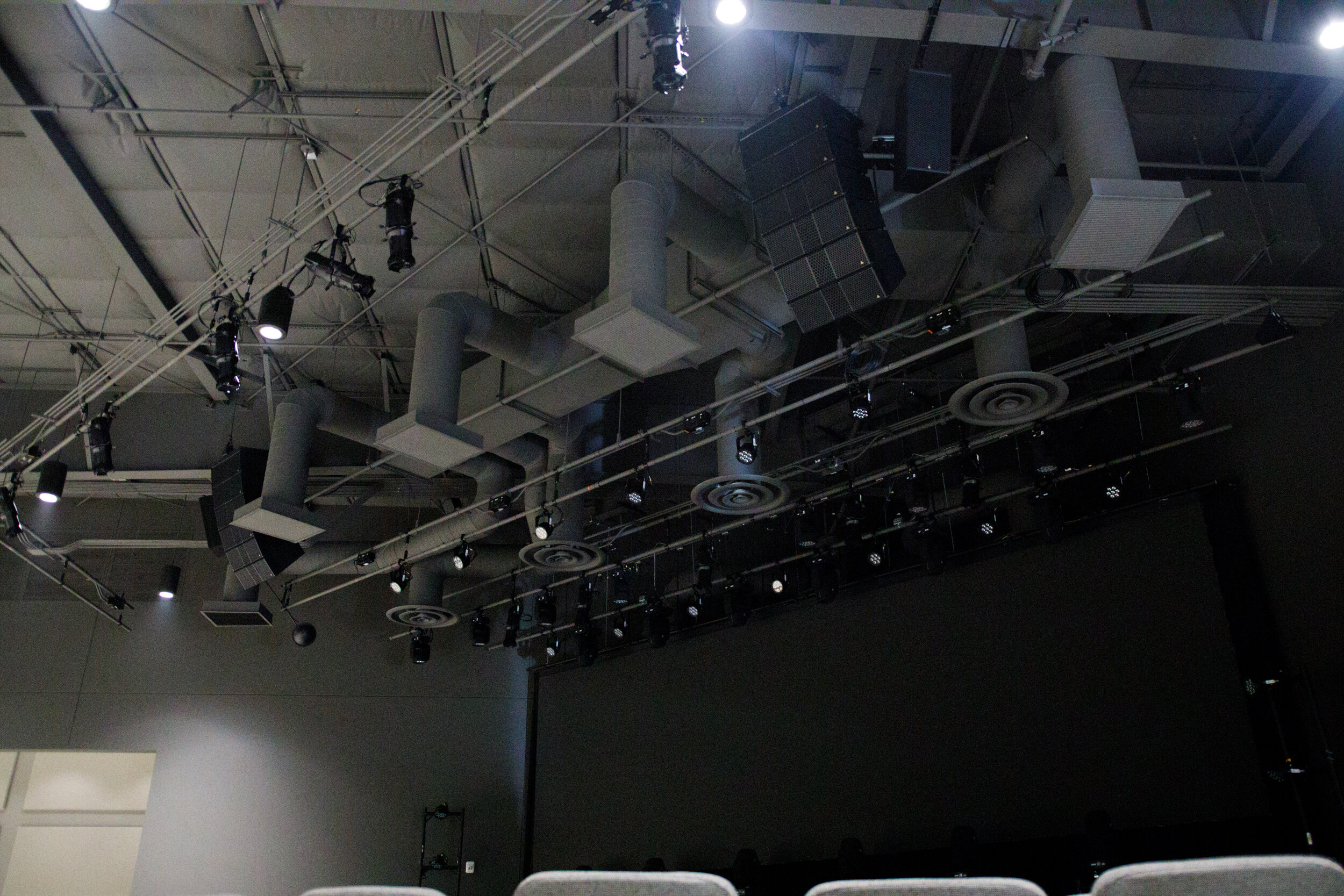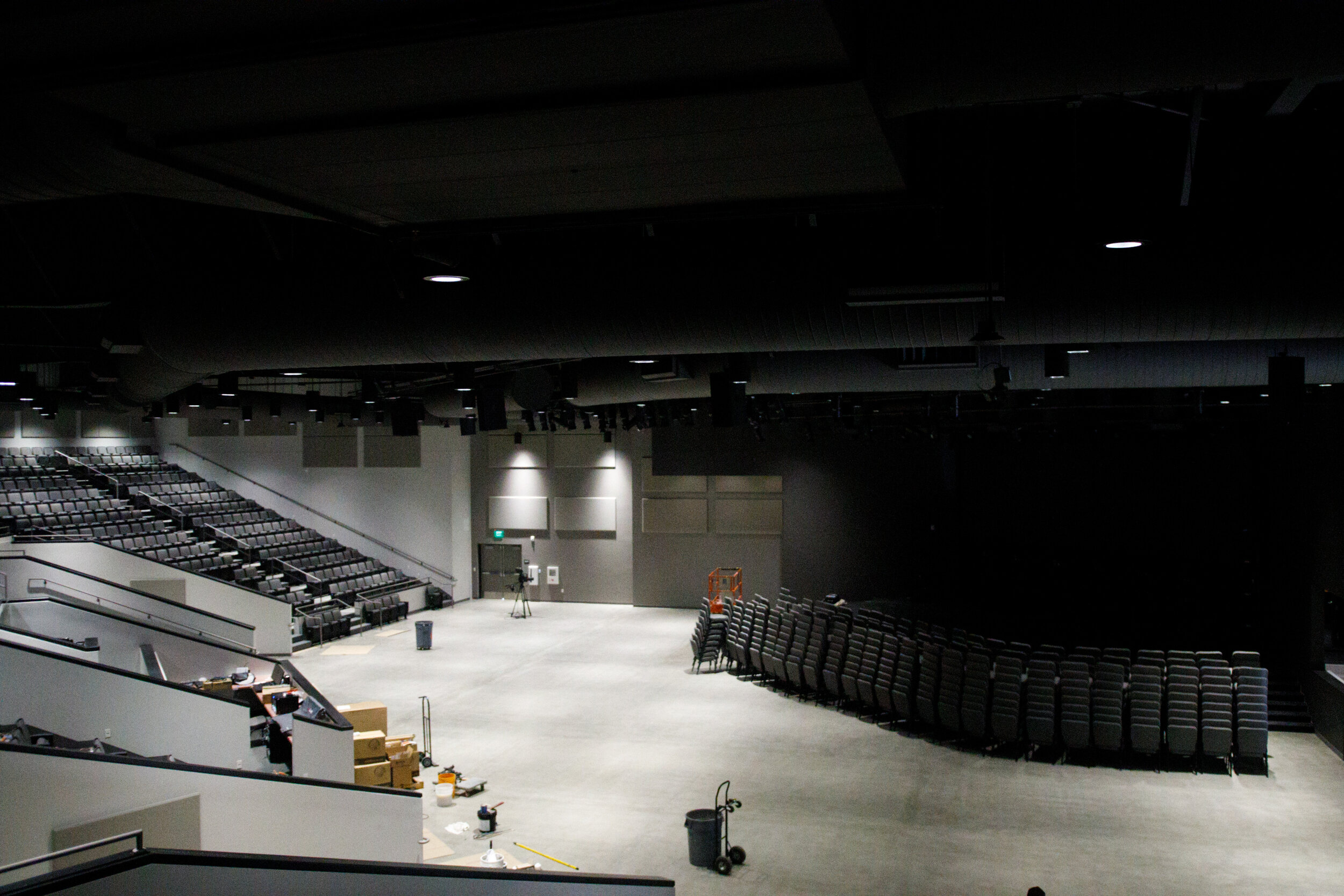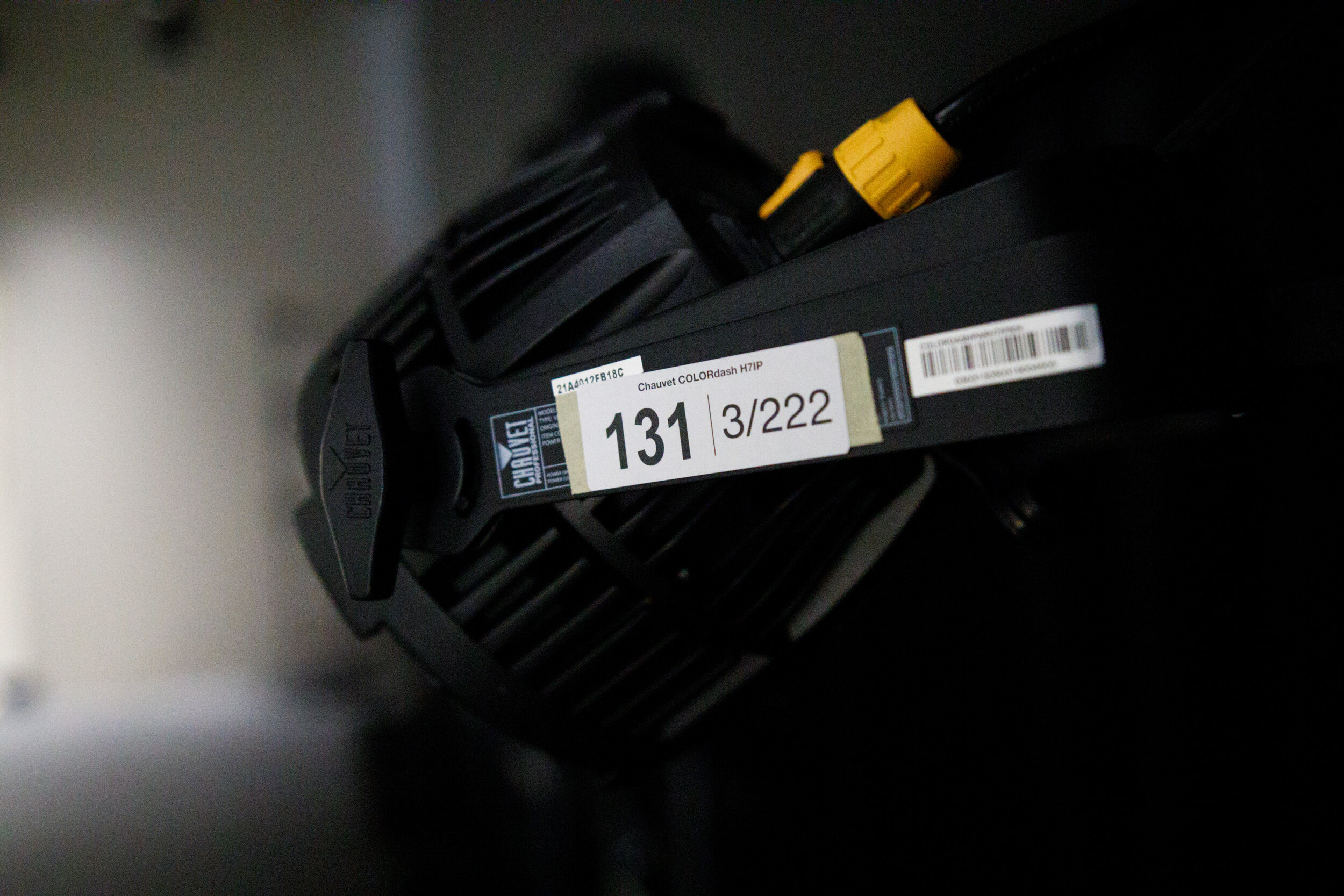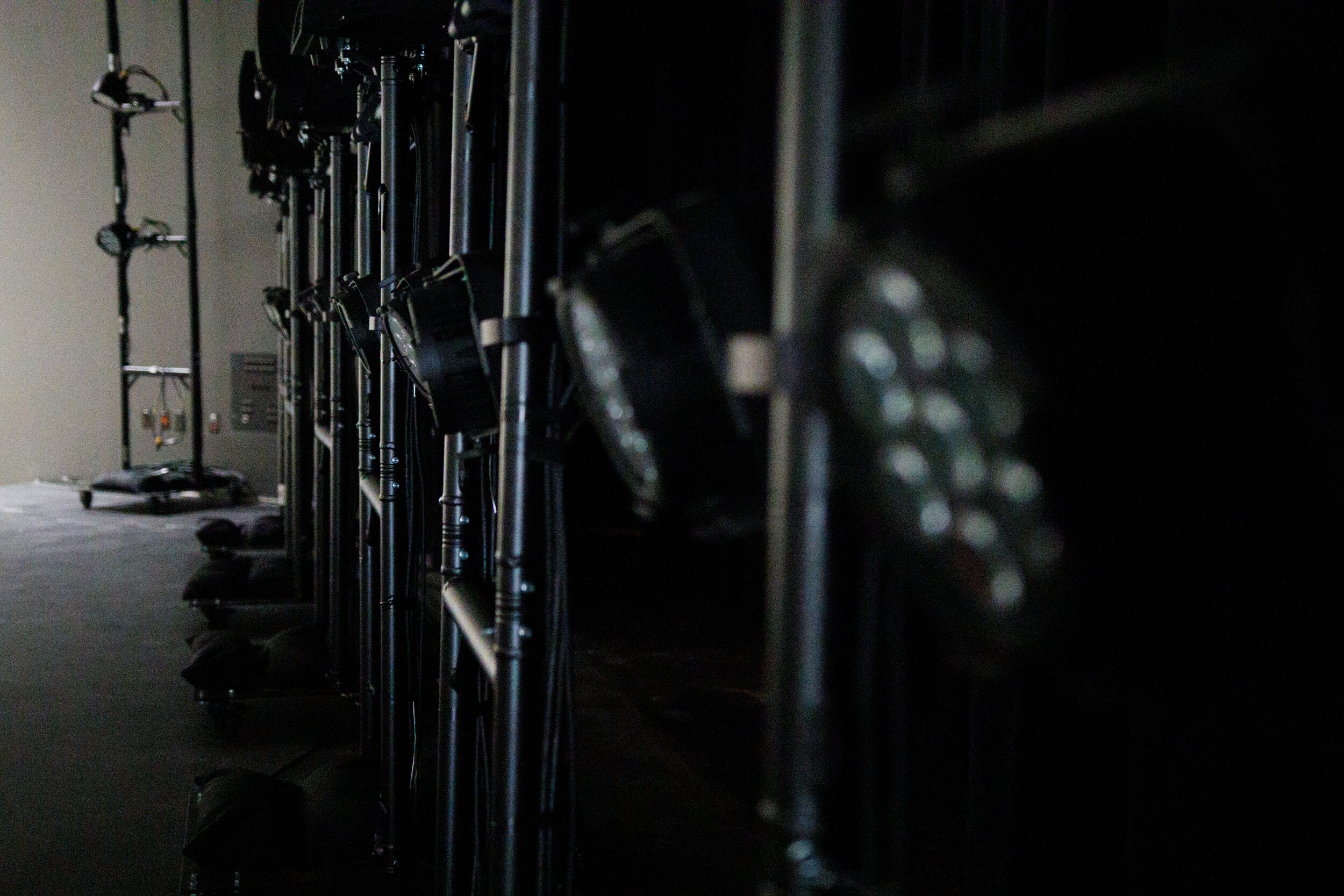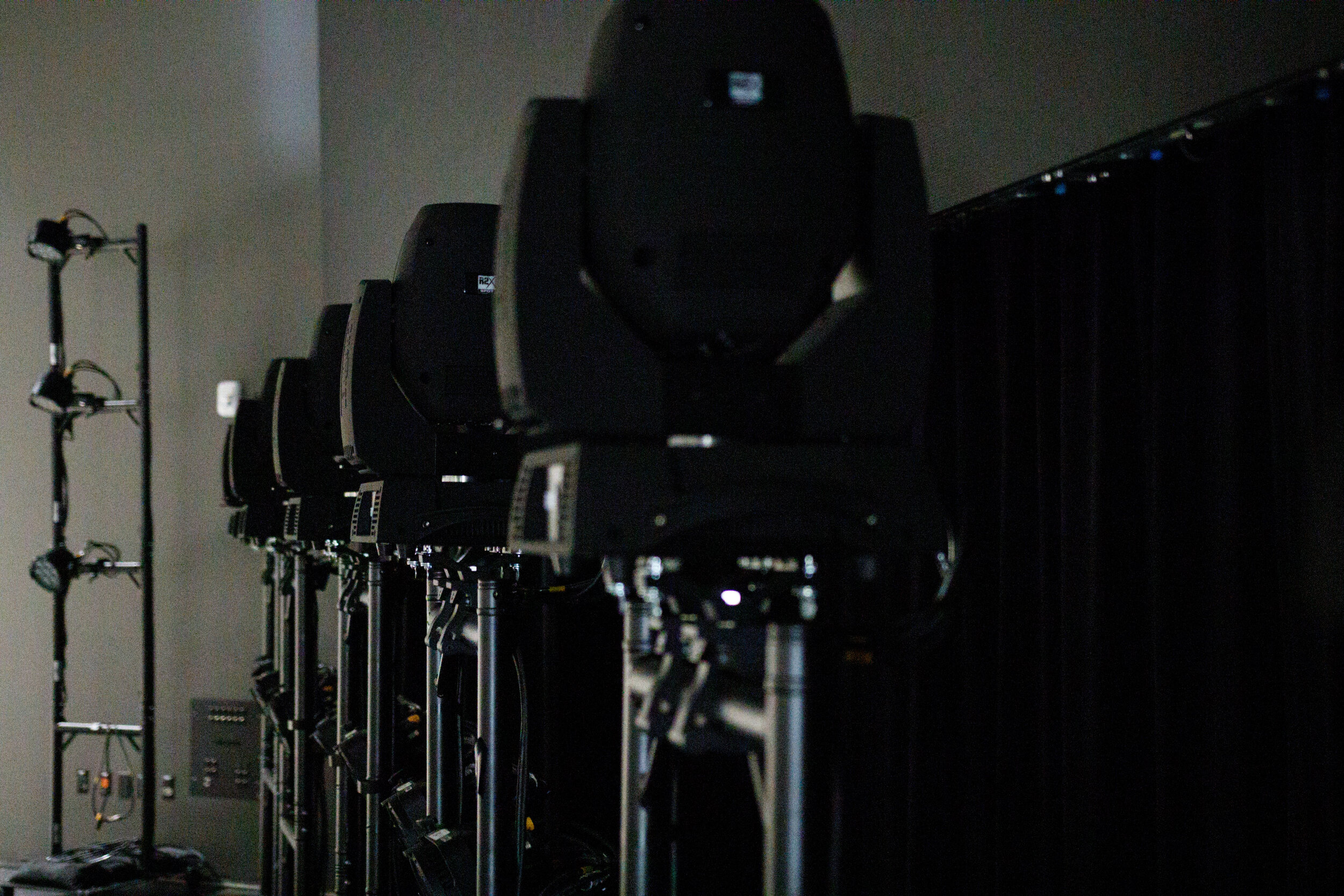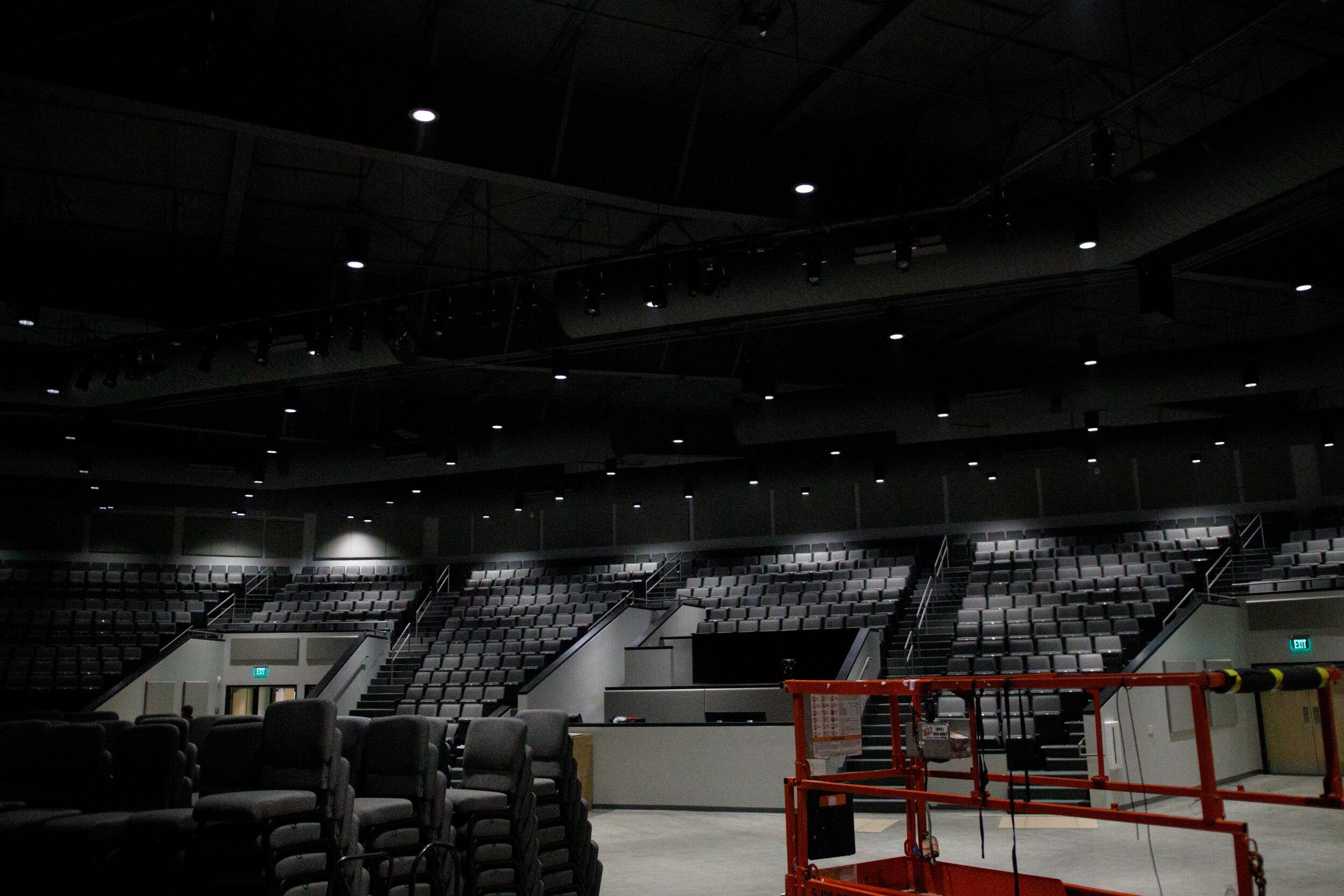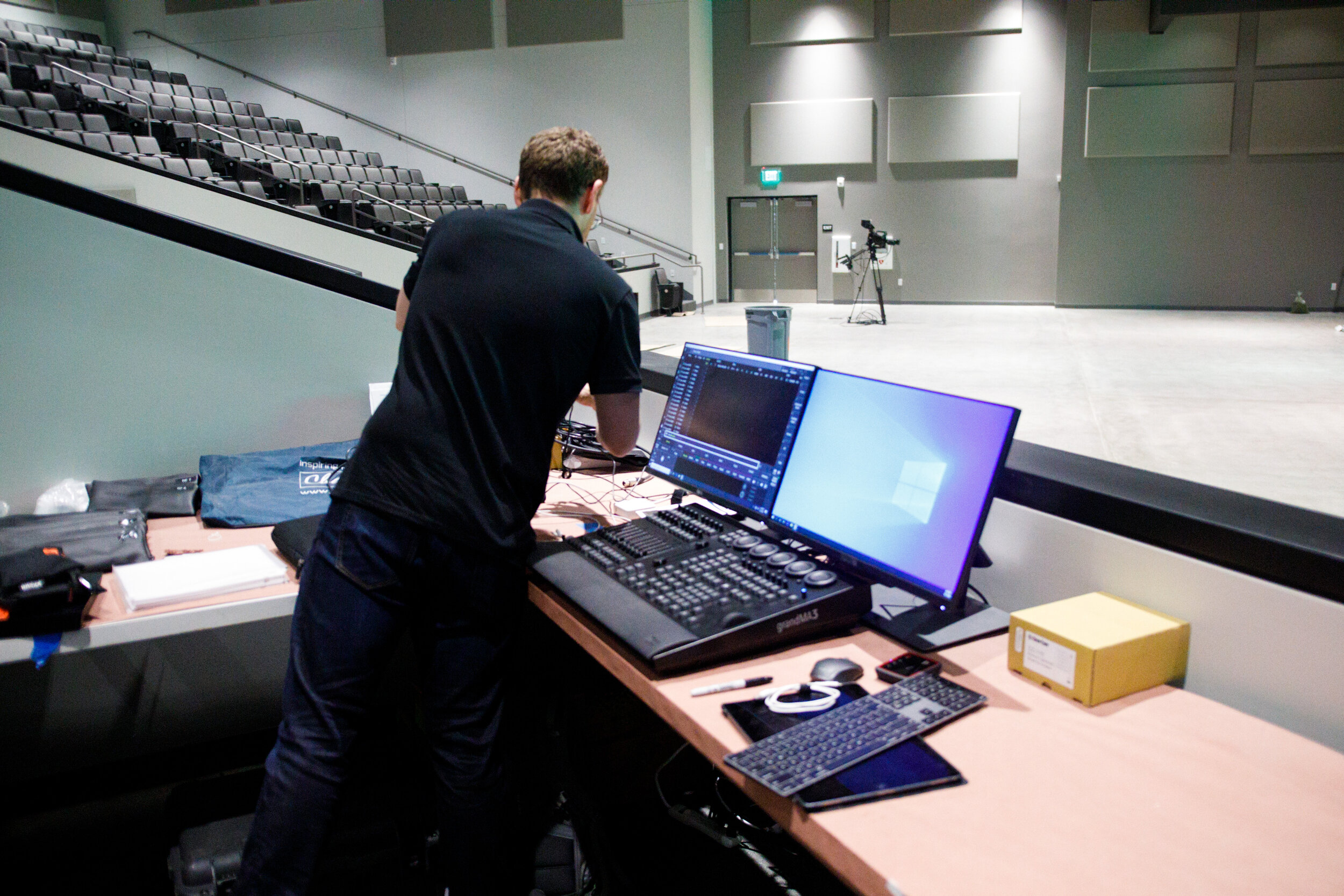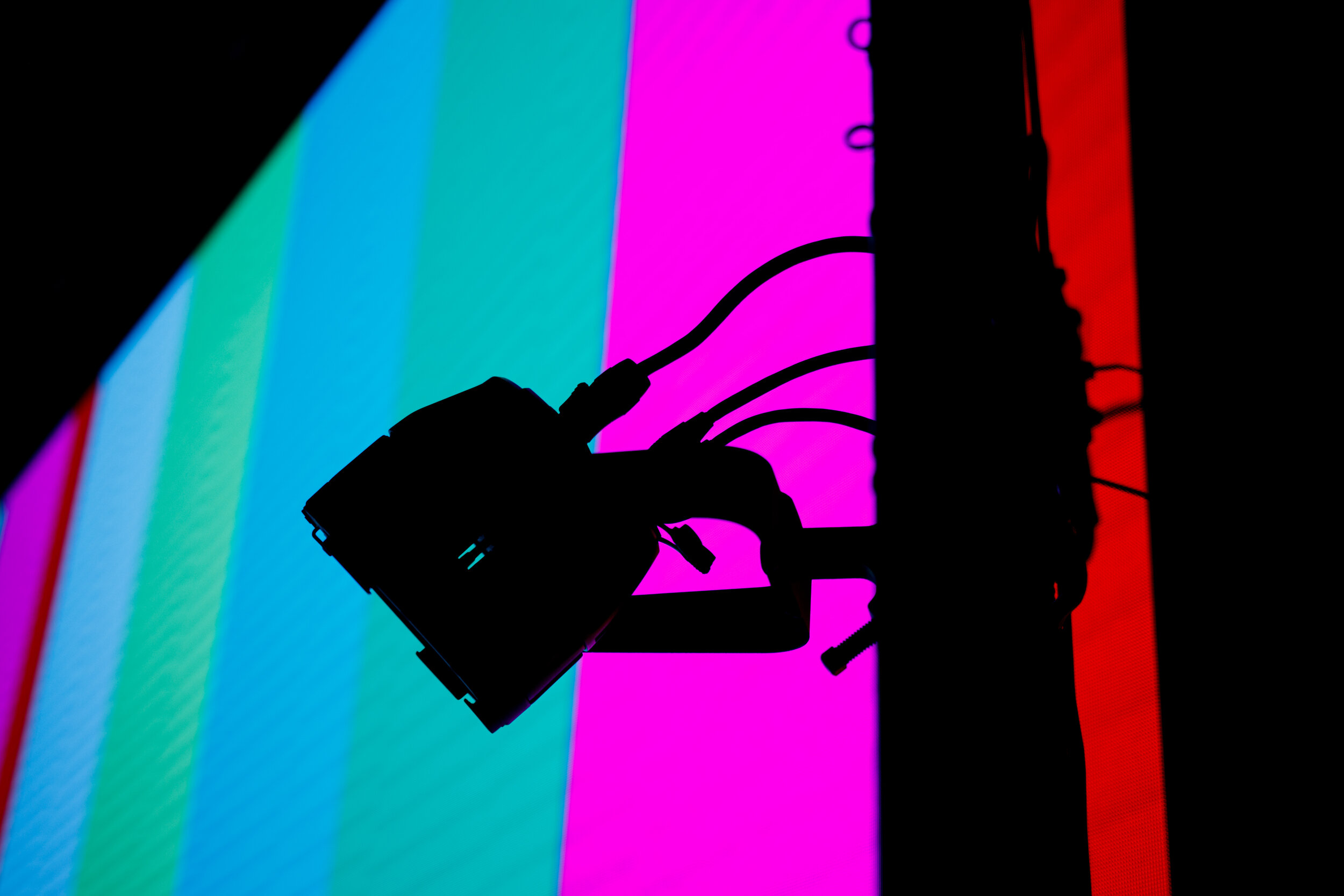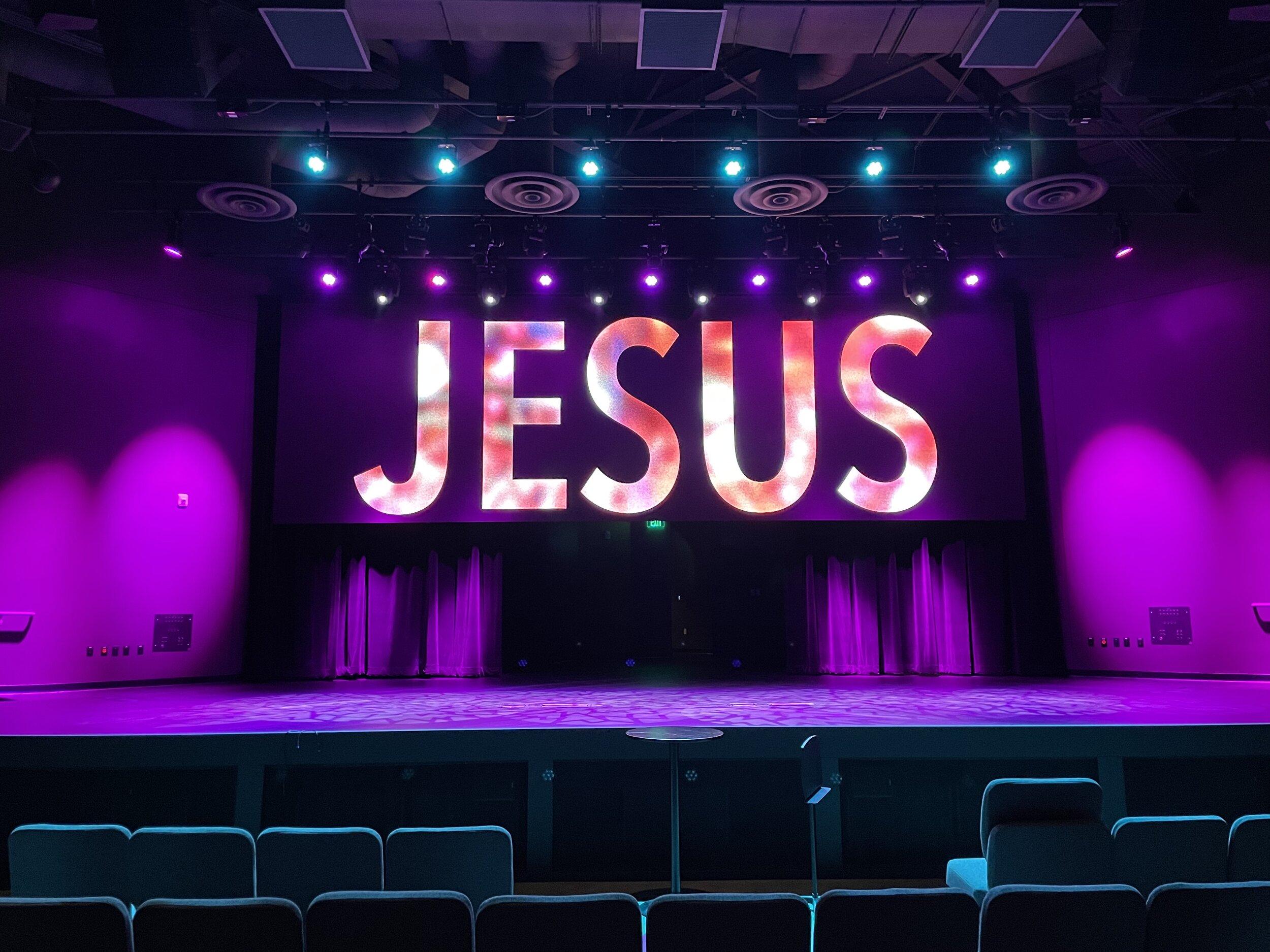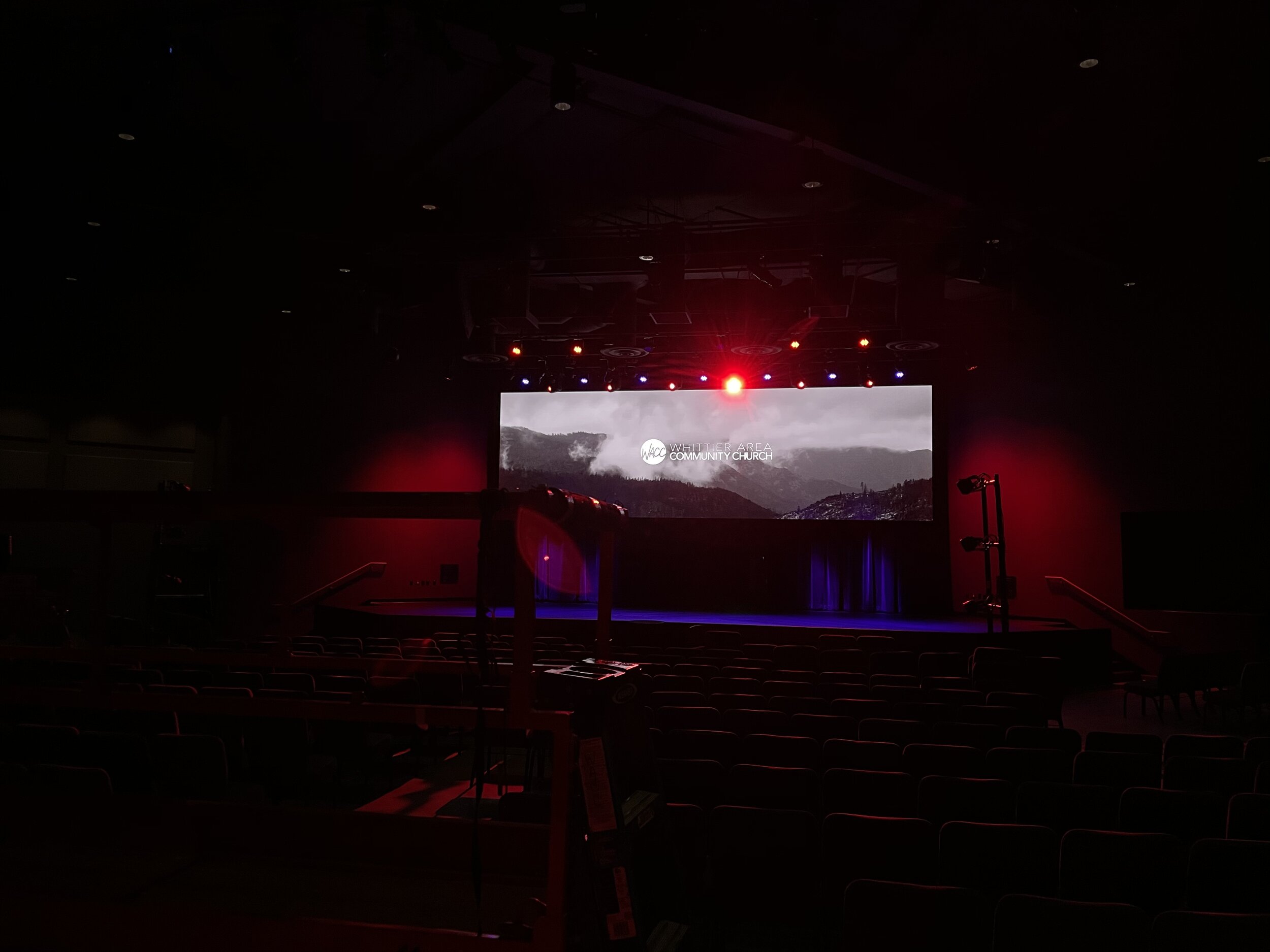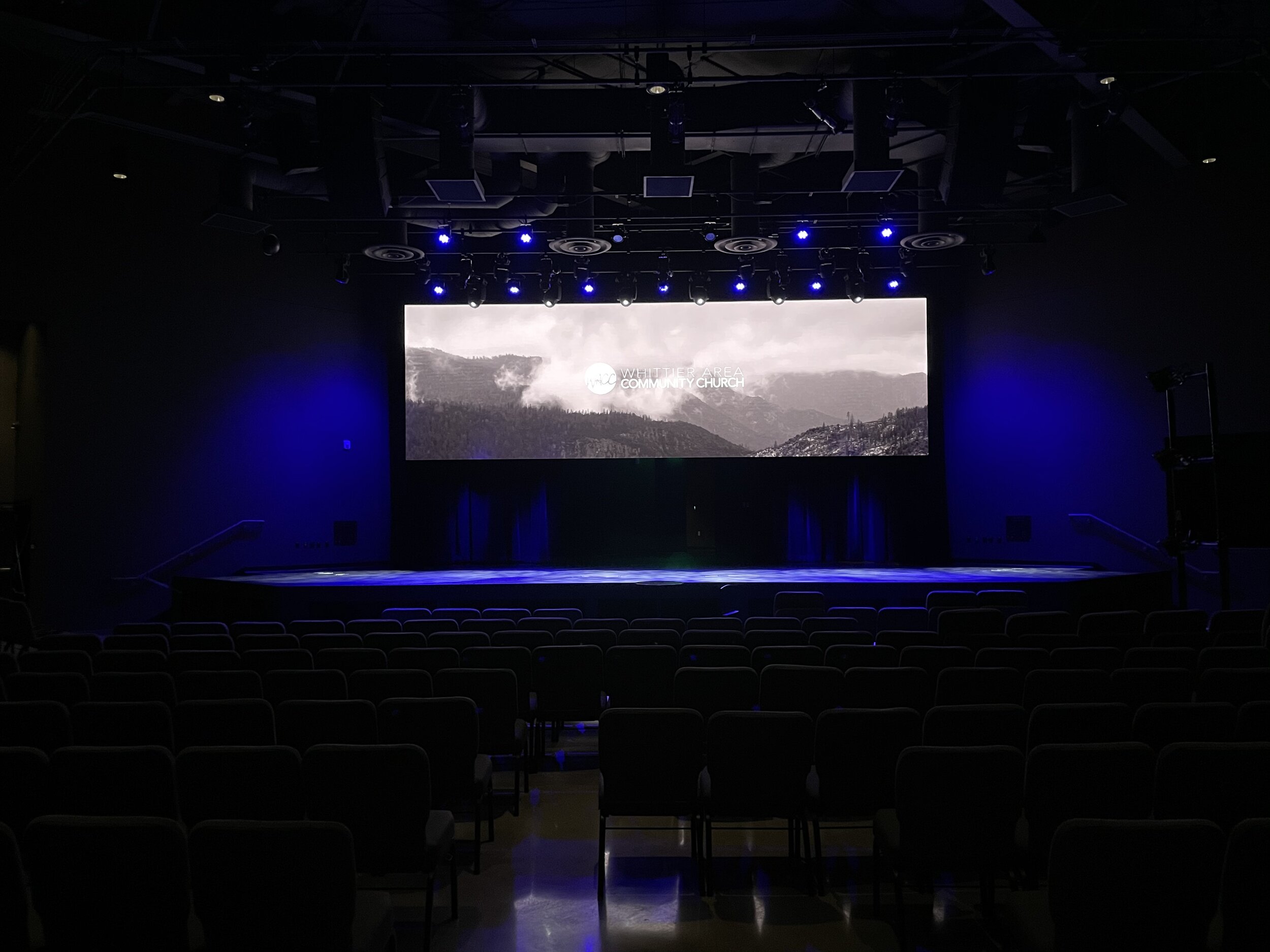Whittier Area Community Church
Whittier, CA
The Whittier Area Community Church Readies For The Future
Clark designs and integrates lighting, video and sound that will help this newly built house of worship’s technology keep pace with its steady growth
After nearly a decade of planning, and while also addressing community concerns, the Whittier Area Community Church, in Whittier, California has completed its new sanctuary building. The 26,768-square-foot structure, which cost an estimated $13 million and will seat nearly 1,500 worshippers, was commissioned earlier this year.
It was a lengthy journey, one that also included assuaging the town’s concerns about traffic, parking, and environmental concerns, as the church had expanded to about 3,000 members, outgrowing the previous 900-seat location the church had occupied since 1976. But it also represents an inflection point in the church’s media and content evolution, one that Clark Productions, the church’s AVL integration partner on the project, sought to support.
“Visioneering Studios was our design/build partner, and they connected us to Clark,” says Bryan Guthrie, W.A.C.C’s Executive Pastor of Creative Arts. “But since then they’ve gone on to become our partner for AVL, doing the systems for our new auditorium and a small 200-seat chapel attached to it, and most recently for a new children’s area. Everything they’ve done has turned out really, really well.” Guthrie says that Clark spent a considerable amount of time on-site early on, proposing, suggesting, but also listening; for instance, on how best to help the church make the move into LED video but do so without significantly compromising the budget for other components or the overall budget. “They took the time to understand what we were looking to accomplish and worked to meet our needs,” he says.
“We worked with Visioneering Studios to develop a design that not only reflects where the church has arrived at in terms of their worship style but also one that provides the headroom they’ll need to grow as those styles continue to evolve,” explains Paul Green, Clark’s Creative Director. “They were at a new phase in how they approached worship and needed a more contemporary space that uses cutting-edge technology to support it.”
(See a great fly-through look at the church here.)
Green, who designed the church’s new lighting, video and broadcast systems, noted that the church had been adding different AVL elements over time as their music and video styles evolved, creating a useful but uneven technology environment. His intent was to create a comprehensive turnkey system, one that fully and intuitively integrated all of the systems using a holistic approach.
“This was a new venue with all new systems, so it represented a pivot point for them,” he says. For instance, the MA Lighting grandMA3 Command Wing control surface is part of a larger design that Green says provides the church with a new level of visual consistency between live and recorded content elements of a service. That’s particularly critical during Covid, since state regulations have significantly curtailed large gatherings, include church services.
“With worship mostly remotely for the time being, we wanted to give those watching at home an experience as close as possible to being there,” says Green, who says his background in television lighting helped achieve that. The goal was to match the color and color temperature of the stage with that of the LED wall, so we chose lighting and cameras accordingly so that it would feel as though you were sitting in the church. We weren’t so much choosing individual components as we were creating a consistent ecosystem holistically.”
These included Source4 LED Leko fixtures, and the Rogue R2X spot and Rogue R2 wash fixtures from Chauvet Professional, installed on a Global Truss DT Quick Grid rigging system. The grid also uses Apollo Design Technology Right Arm support, which adds pan and tilt capabilities, allowing the church’s lighting designer to maximize the lighting rig without crowding fixtures or overextending the budget. Sony HXC-FB80 full-HD studio cameras capture action. “The Sony cameras are very economical but deliver really great skin tones,” he says. “The colors are rich and natural, so you don’t need any tricks to get an accurate look. And the lighting was designed to support that.”
The 3.9 Coleder Road Ready LED wall designed and installed by Clark is also unique. It comprises two 16 X 9 landscape-oriented 2.8-mm displays connected to form a 32-foot-long screen, an eye-catching and flexible backdrop for whomever is on stage. “This approach is different from the usual center screen flanked by two other displays, but it creates a strong visual statement economically,” says Green.
Sound Challenges
The new sound system comprises two hangs of six Adamson Systems Engineering IS10 enclosures per side, with two IS10P speakers used as side fills and four more arrayed across the rear wall of the raked seating area. In addition, 11 Adamson IS119 subs are lined up on the ground under the stage. Nine Lab Gruppen amplifiers power the system. An Allen & Heath dLive console paired with a DM64 64 X 32 MixRack is installed at the FOH position, and an extensive Dante infrastructure implemented by Clark allows inputs anywhere they’re needed in the room.
But there were challenges when it came to sound. Alex Stave, Clark’s Design Consultant, points out that while the Adamson Blueprint AV 3D predictive simulation software they used initially called for eight enclosures per side, the design ran into an issue when the building height had to be reduced, thus lowering the interior height. “That meant that we had to trim the hangs by two boxes each and add the delay speakers instead to achieve the coverage we needed,” explains Stave. In addition, he says, the room’s metal roof required significant acoustical treatment underneath to contain low-frequency sound bleed into the surrounding area, in compliance with the state’s strict noise codes.
As a result of having to adjust the design to accommodate the lowered ceiling height, the sound system is unique in that the design is a hybrid of both line-array and point-source technologies, with Adamson’s IS10 2-way enclosures and IS10P speakers representing each type, respectively. That’s unusual, says Ed Crippen, Clark’s audio guru, who tuned and commissioned the new sound system at W.A.C.C. The line arrays at the front of the room are what you’d expect to use, and the point-source speakers used as side and rear delays are appropriate fill-speaker choices for a large, fan-shaped auditorium like this, he says. But using both types of speakers in the same system invites phase-linearity and coherence problems. “Typically, you can end up with a 180-degree phase shift between the two sources over a specific frequency range when combining active linear-phase speakers with passively crossed-over point sources, and this would compromise intelligibility and overall sonic summation,” he expains. “That’s the challenge when you’re working with a hybrid system approach. Adamson’s Speaker preset library for the IS10 provides for a linear-phase response for both the line-array and point-source versions, eliminating the summing challenges of combining these two different sources. That lets us choose the speakers we think are right for each part of the system and not have to worry about how they’ll work together. They just do.”
This is one of Clark’s first implementations of an Adamson PA system, and the results have been excellent. “We chose it because it’s a great economic option, in terms of budget,” says Stave. “And it sounds great — very warm and punchy.” Crippen says the church’s music and worship teams were able to discern the system’s sonic quality immediately. “You could see it in their faces as they walked the room during commissioning each day,” he says. “As the system was tuned closer and closer to optimal, the smiles got bigger and bigger.”
Wired For The Future
Key to future-proofing the new sanctuary is its infrastructure, says Brandon Byrd, Clark’s Project Manager. “It’s less exciting than the video or the audio systems, but infrastructure design is what will let the church expand easily and cost-effectively in the future,” he explains. For instance, Clark technicians installed additional SMPTE fiber drops that can support the addition of more cameras in the future, as well as extra conduit and power, were run to key areas such as the control room and overflow spaces. Furthermore, the Ross Carbonite video switcher can add up to three Multi-level Effects (ME) stations if and when needed.
“It’s all about making expansion in the future as easy as possible,” says Byrd. “This project was about designing and integrating great audio, video, and lighting, but it was also about building a great foundation for the church’s technology going forward. They will have the ability to adapt as the technology changes in years to come, and that will help serve their community.”

